Opal is one of the most mesmerizing gemstones, known for its unique play-of-color and stunning beauty. Whether you’re an investor, a jewelry enthusiast, or someone looking to buy their first opal, choosing the right one can be overwhelming. With so many variations in type, quality, and price, understanding the key factors can help you make an informed decision.
In this comprehensive opal buying guide, we’ll cover everything you need to know before making a purchase, from the types of opals to factors that affect their value, how to care for them, and where to buy authentic stones.
Understanding Opals: What Makes Them Unique?
Opals are formed from silica deposits and they create a stunning iridescent effect which is also known as “play-of-color.” This play-of-color of Opal stone the shifting rainbow-like effect is what makes it so special among others. However, there are many varieties of opals. Not all opals display this characteristic, and their value depends on several factors like color, clarity, type and origin. We’ll step by step approach all the different factors that one should keep in mind before or while buying opal.

Types of Opals: Which One is Right for You?
Before buying an opal, it’s essential to understand the different types available on the market. It is important for you to know about all the possible options so that you can decide better. Here are the most popular varieties:
A. Precious Opal (Play-of-Color Opals)
These are considered as the most precious and valuable opals because of their dazzling play of color.
- Black Opal: The rarest and most expensive opal, found mainly in Lightning Ridge, Australia. The dark body tone enhances the vibrant colors.

- White Opal: It has a lighter background with softer play-of-color. It is found in South Australia.

- Crystal Opal: It is a transparent to semi-transparent opal with a striking color display.

- Boulder Opal: Boulder opal is naturally attached to its ironstone host rock which makes it very durable as compared to others. It is found in Queensland, Australia.

- Fire Opal: Usually found in Mexico, this opal has a bright orange, yellow, or red body tone. Some display play-of-color, while others don’t.

B. Common Opal (Non-Play-of-Color Opals)
These opals do not exhibit play-of-color but are still valued for their beautiful pastel shades.
- Milk Opal: Has a milky-white appearance with a smooth finish.

- Pink Opal: Found in Peru, this stone has a soft pink color and a calming effect.

- Blue Opal: Found in Oregon and Peru, these opals have a tranquil blue tone.

Choosing the right opal depends on your preference for play-of-color, rarity, and budget.
The 4Cs of Opal: What Determines Its Value?
Just like diamonds or any other gemstone, opals are graded based on four key factors—color, clarity, cut, and carat weight. These 4 C’s are essential for any buyer to know before making their purchase. Let’s have a deeper look.
A. Color
Color plays a very important role in determining opal values. Here’s what you should look for in opal’s case:
- Play-of-Color: The more vibrant and varied the colors, the higher the value. Play of color is one of the main characteristics of opal. The better the color, the more valuable your opal is. Try not to compromise on the play of color just because of the price.
- Background Color: The base color of the background color on which the stone displays the play of color plays an important role. Usually black opals are valued the most, followed by white and then crystal opals. These are the three colors that you must go for.
- Brightness: The intensity of the colors determines the opal’s appeal. Bright opals fetch higher prices. A dull piece means that the play of color will be low too and that is not something that you would want.

B. Clarity
Generally opal doesn't come with inclusions. However, since there are many different varieties of opal some types might come with inclusions such as cracks, sand or webbing. These inclusions can lower your opals value. Thoroughly check your opal for any possible inclusion before making the purchase. In terms of clarity, transparent to translucent opals are more preferred.

Boulder opal might come with natural inclusions and they are accepted as well because of the stone’s unique formation.
C. Cut
The cut of an opal plays an important role in deciding its price. Usually the round and oval cuts are most valuable and preferred. However, cuts are more of a personal preference and one should purchase what aligns with their demands.
- Cabochon Cut: Most opals are cut into smooth domes to enhance their play-of-color.
- Freeform Cut: Some opals are cut based on their natural shape to preserve maximum color.
- Faceted Cut: Rare but can add extra brilliance.

D. Carat Weight
Opals are measured in carats, but size isn’t as important as color and clarity. Large opals with vivid color are rare and expensive. A rich play of color is what adds life to an opal. If you are getting your hands on an opal that has a good carat weight and showcases a beautiful play of color then you have hit a jackpot. However, your first priority while buying an opal should be to focus on the play of color rather than just the carat size.

How to identify a quality opal?
Now that you have learned about the 4 c’s of opal you have a basic idea of what to look for. Let us see what points you have to focus on to pick the best of the pieces. A high quality opal will exhibit the following characteristics:
- It will have a bright and consistent play of color from multiple angles.
- It will not have any dead spots (areas with no color).
- It will come with a smooth and even surface that is free from cracks or crazing.
- It will have a good dome shape if it’s a cabochon cut.
- There will be no visible layers if it claims to be a solid opal.

Synthetic vs. Natural Opal: How to Spot the Difference
Before diving in let’s know a little about synthetic opals. Synthetic opals are man-made lab grown opals that are created to mimic the properties and appearance of a natural opal. It is known to have the same chemical composition but the formation process is accelerated in controlled conditions. There are two types of lab-created opals:
- Synthetic Precious Opals: They display a play-of-color that is similar to natural precious opal.
- Imitation Opal: It is made from resin or plastics and they only mimic the appearance but without the true internal structure.

Now, let’s see some points that will help us differentiate synthetic opals from natural opals.
| Synthetic Opal | Natural Opal | |
| Color | Color play is too perfect (bright) | Less uniform color with scattered “dead spots” |
| Pattern | Repeating patterns like snakeskin or chicken wire, giving a look too clean | Comes with complex and irregular patterns |
| Luster | More glassy, evenly colored, and often flawless. | Slightly waxy or vitreous luster |
| Body tone/Backing | Often consistent and can include artificial backings | May show uneven tone or sediment layers. |
| Water content & Behaviour | Less porous and maintain their appearance regardless of moisture. | Can change appearance when exposed to humidity or water. |
| Price | Cheaper and often mass produced | More expensive |
| Sources | Lab grown | Multiple sources but majorly Australia, Ethiopia or Mexico |
What is a Fair Price for Different Opal Types?
Opal prices can vary drastically depending upon the color, intensity, size and origin. We will however provide you with an estimated price range that you can expect your desired opal variety to fall into.

| Types of Opal | Characteristics | Opal Price Range (per carat) |
| White Opal | Milky body with soft, pastel-like play-of-color. | $10 – $200 |
| Black Opal | Dark body tone with vivid, high-contrast fire. | $1,000 – $15,000+ |
| Crystal Opal | Transparent with bright, floating color flashes. | $100 – $1,500 |
| Fire Opal {w/color) | Warm-toned body with occasional vibrant play-of-color. | $50 – $500 |
| Boulder Opal | Colorful opal veins with ironstone backing for natural contrast. | $50 – $3,000+ |
| Matrix Opal | Opal sparks infused within host rock like sandstone or ironstone. | $10 – $300 |
| Pink Opal | Soft pink tones, opaque, often Peruvian. | $1 – $25 |
| Green Opal | Smooth, mossy green with waxy luster. | $2 – $30 |
| Blue Opal | Sky to aqua blue, usually opaque or translucent. | $5 – $50 |
| Yellow Opal | Warm yellow tones with smooth finish, often translucent. | $2 – $20 |
| Opalized Wood | Fossilized wood with opal replacement showing organic texture. | $10 – $100 |
| Ethiopian Opal | Vivid color play, often hydrophane and highly transparent. | $20 – $500+ |
| Hydrophane Opal | Water-absorbent opal that changes appearance when wet. | $10 – $300+ |
| Synthetic Opal | Lab-made with repeating, structured color patterns. | $5 – $50 |
Where to Buy Opals: Trusted Sources and Red Flags
A. Trusted Sources
- Reputable Jewelers: Established jewelry stores often provide certified opals.
- Opal Mines: Buying directly from sources like Australia’s Lightning Ridge or Mexico’s fire opal mines ensures authenticity.
- Certified Online Retailers: Look for stores that provide gemstone certifications and have good customer reviews. GemstonesforSale has been in business for 12+ years now and we can assure you that you will end up with the best quality opal if you give us a chance.
B. Red Flags to Watch Out For
- Unrealistically Low Prices: If the price seems too good to be true, it probably is.
- Lack of Certification: Always ask for authenticity certificates.
- Opaque Opals Marketed as Premium: If an opal lacks play-of-color, it should not be sold as a precious opal.

How to Buy Opal Safely Online?
In this world full of scammers, its hard to out your faith in someone especially when money is involved. Allow us to help you in making sure that you make the right purchase online. There are just a few key points that you can keep in mind to buy opals safely online.
- Check seller credentials: If you land up on the sellers page make sure to read their history, years in business, reviews and return policy.
- Ask for certification: All the reputable sellers will provide you with an option to get the certification of your gemstone too. This helps you in making sure that your purchase is authentic.
- Request multiple photos/videos: You can ask for a picture of your purchase in natural and artificial lightning to have proof of your purchase.
- Read fine print: Read the fine print on treatments, origin and stone type.
- Use secure payment methods: Use payment platforms like PayPal or credit card.
How to Care for Your Opal
Opals require special care to maintain their beauty. Here are some tips that can help you maintain its beauty:
- Avoid Water Exposure: Some opals, like Ethiopian opals, can absorb water and become cloudy.
- Keep Away from Heat: Opals are sensitive to extreme temperatures.
- Store Separately: Use a soft pouch to prevent scratches.
- Clean Gently: Use a soft cloth and mild soapy water; never use ultrasonic cleaners.
Opal Myths vs. Facts: Clearing Up Misconceptions
Myth 1: Opals Bring Bad Luck
Fact: This superstition originated from a novel and has no basis in reality. Opals are symbols of hope and creativity.
Myth 2: Opals are Fragile and Useless for Jewelry
Fact: While softer than diamonds, opals are durable when set in protective settings like bezel rings or pendants.
Myth 3: All Opals Look the Same
Fact: Each opal is unique in color and pattern, making them one-of-a-kind gemstones.
Conclusion: Is Opal the Right Gemstone for You?
If you’re drawn to the mesmerizing beauty of opals, investing in one can be a rewarding experience. Whether you’re buying for aesthetic appeal, spiritual benefits, or investment purposes, understanding opal types, grading factors, and care tips ensures you make an informed purchase.
Opals offer a magical display of colors and are treasured for their individuality. By following this guide, you can confidently select the perfect opal that suits your taste and budget.
Visited 645 No. of Time(s), 57 Visit(s) Today

Arya Kapoor
Hi, I’m Arya Kapoor — a storyteller at heart and a curious soul always chasing ideas. Writing is where I find clarity, connection, and a bit of magic. Whether it’s diving deep into a subject or simply sharing everyday musings, I love turning thoughts into words that resonate.
Never Miss a Post from Gemstones For Sale!




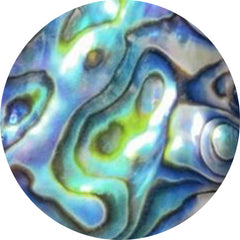 Abalone shell (122)
Abalone shell (122)
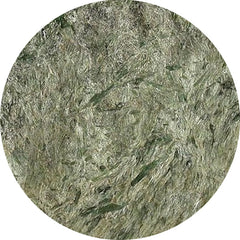 Actinolite (1)
Actinolite (1)
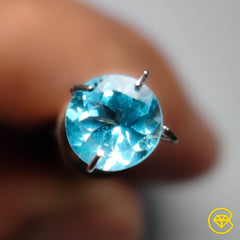 Affordable gemstones (17067)
Affordable gemstones (17067)
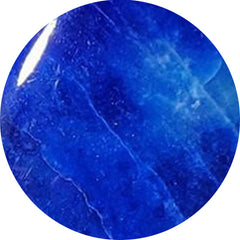 Afghanite (7)
Afghanite (7)
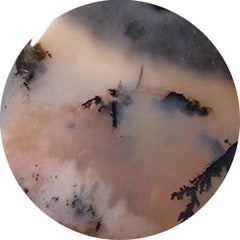 Agate (2480)
Agate (2480)
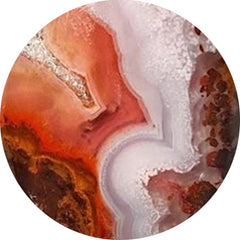 Agua nueva (11)
Agua nueva (11)
 All gemstones (1)
All gemstones (1)
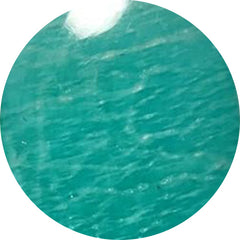 Amazonite (153)
Amazonite (153)
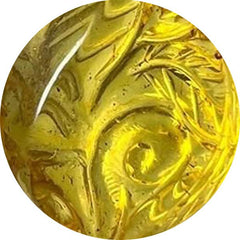 Amber (116)
Amber (116)
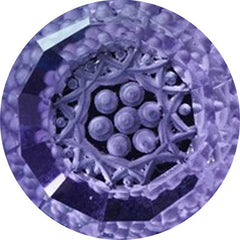 Amethyst (571)
Amethyst (571)
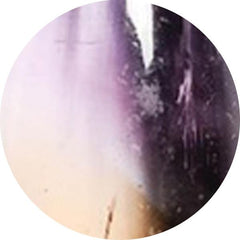 Ametrine (22)
Ametrine (22)
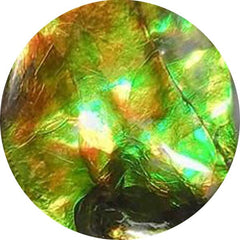 Ammolite (25)
Ammolite (25)
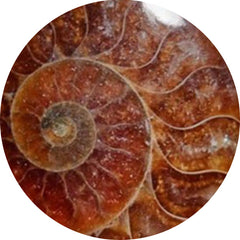 Ammonite (70)
Ammonite (70)
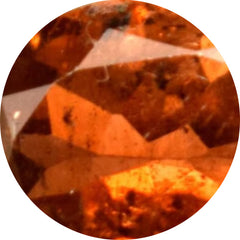 Andalusite (1)
Andalusite (1)
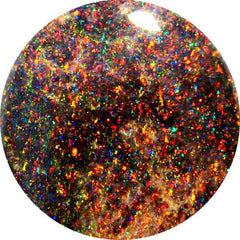 Andamooka opal (0)
Andamooka opal (0)
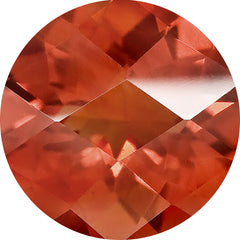 Andesine (0)
Andesine (0)
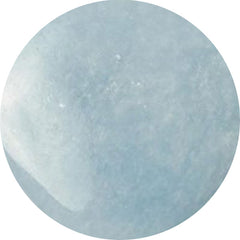 Angelite (28)
Angelite (28)
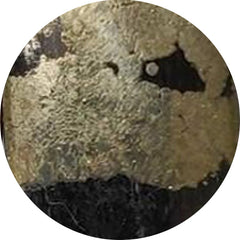 Apache gold (22)
Apache gold (22)
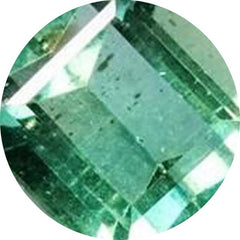 Apatite (134)
Apatite (134)
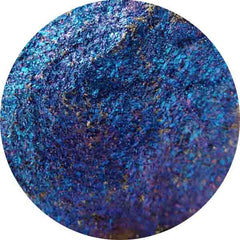 Apophyllite (1)
Apophyllite (1)
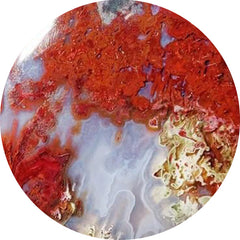 Apple valley agate (0)
Apple valley agate (0)
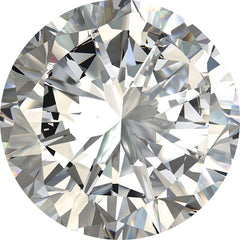 April birthstone (1844)
April birthstone (1844)
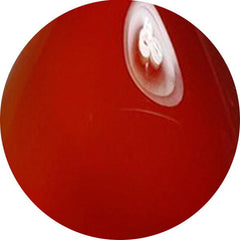 Aqeeq (0)
Aqeeq (0)
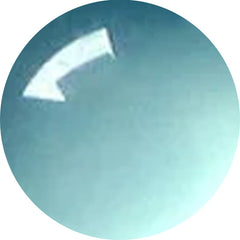 Aqua chalcedony (18)
Aqua chalcedony (18)
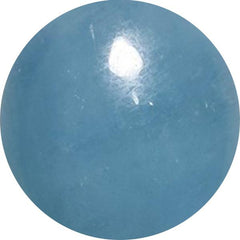 Aquamarine (77)
Aquamarine (77)
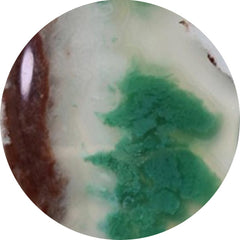 Aquaprase (64)
Aquaprase (64)
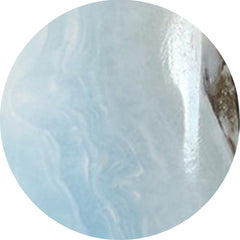 Aragonite (16)
Aragonite (16)
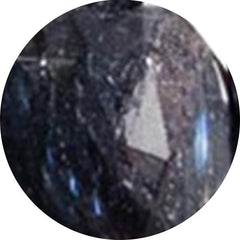 Arfvedsonite (12)
Arfvedsonite (12)
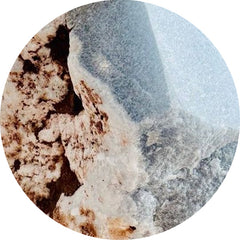 Aristolite (0)
Aristolite (0)
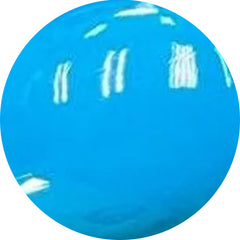 Arizona turquoise (0)
Arizona turquoise (0)
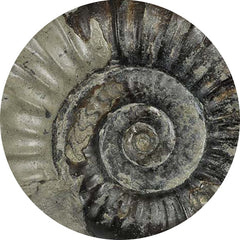 Arnioceras semicostatum fossil (0)
Arnioceras semicostatum fossil (0)
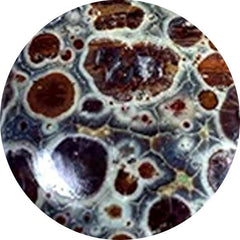 Asteroid jasper (11)
Asteroid jasper (11)
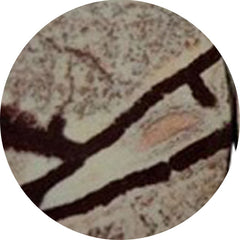 Astrophyllite (54)
Astrophyllite (54)
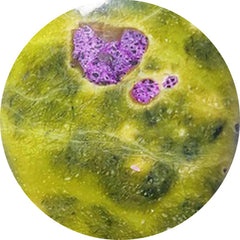 Atlantasite (87)
Atlantasite (87)
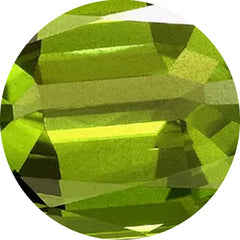 August birthstone (92)
August birthstone (92)
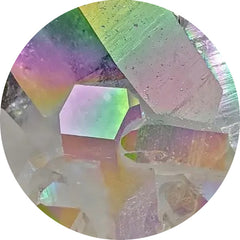 Aura quartz (0)
Aura quartz (0)
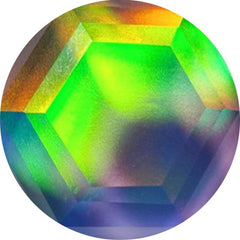 Aurora opal (314)
Aurora opal (314)
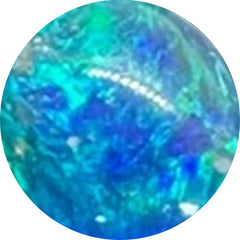 Australian opal (19)
Australian opal (19)
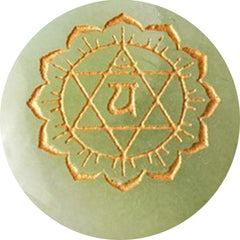 Aventurine (64)
Aventurine (64)
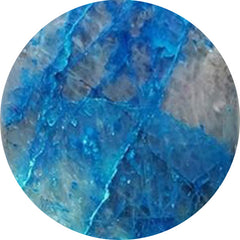 Azurite (281)
Azurite (281)
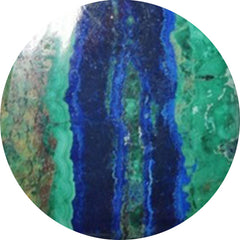 Azurite malachite (19)
Azurite malachite (19)
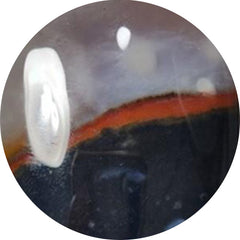 Banded agate (79)
Banded agate (79)
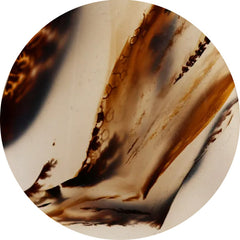 Barber agate (0)
Barber agate (0)
 Barite (13)
Barite (13)
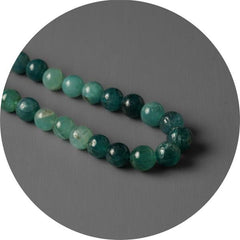 Beads (51)
Beads (51)
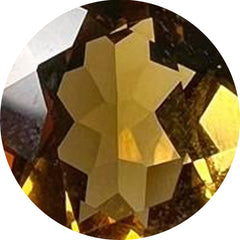 Beer quartz (23)
Beer quartz (23)
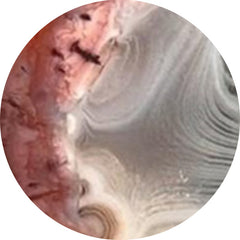 Berber agate (4)
Berber agate (4)
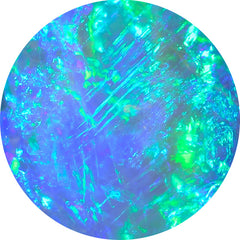 Best seller (0)
Best seller (0)
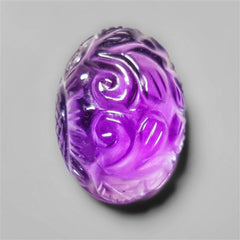 Bestsellers: a selection of our most-loved stones (448)
Bestsellers: a selection of our most-loved stones (448)
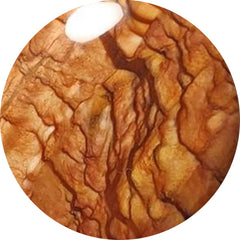 Biggs jasper (29)
Biggs jasper (29)
 Bird carving (104)
Bird carving (104)
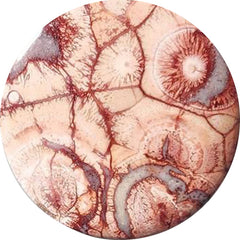 Bird eye jasper (45)
Bird eye jasper (45)
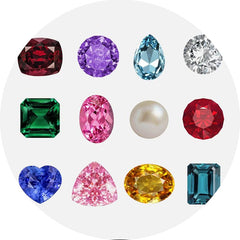 Birthstones (0)
Birthstones (0)
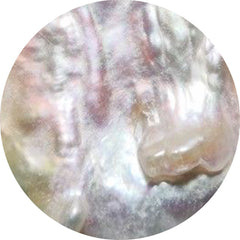 Biwa pearl (34)
Biwa pearl (34)
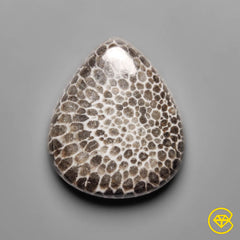 Black gemstones (943)
Black gemstones (943)
 Black onyx (180)
Black onyx (180)
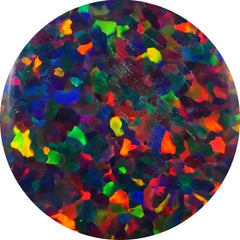 Black opal (33)
Black opal (33)
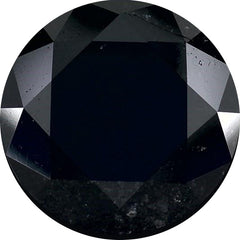 Black spinel (33)
Black spinel (33)
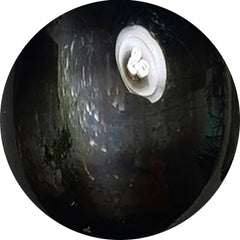 Black star (31)
Black star (31)
 Black tourmaline (77)
Black tourmaline (77)
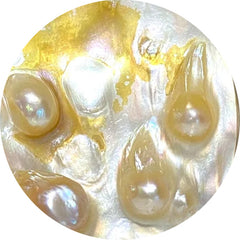 Blister pearl (30)
Blister pearl (30)
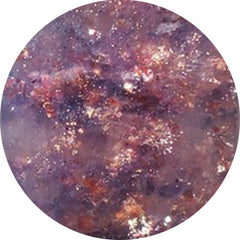 Bloodshot iolite (77)
Bloodshot iolite (77)
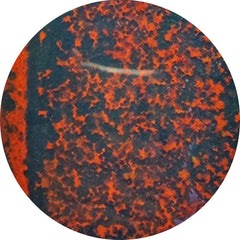 Bloodstone (66)
Bloodstone (66)
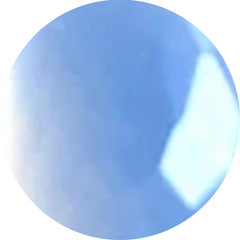 Blue chalcedony (41)
Blue chalcedony (41)
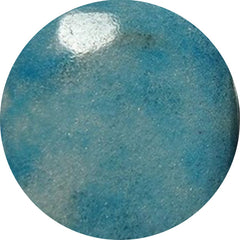 Blue diopside (0)
Blue diopside (0)
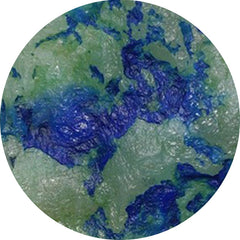 Blue horizon (15)
Blue horizon (15)
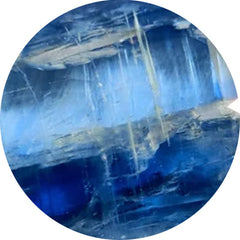 Blue kyanite (34)
Blue kyanite (34)
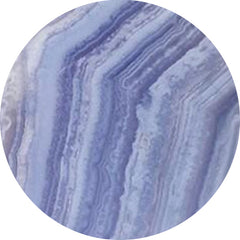 Blue lace agate (256)
Blue lace agate (256)
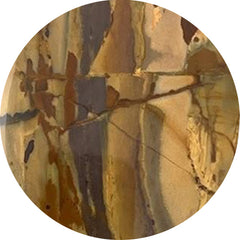 Blue mountain jasper (0)
Blue mountain jasper (0)
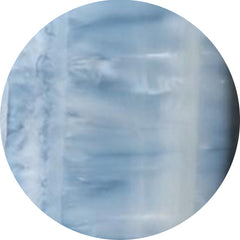 Blue opal (151)
Blue opal (151)
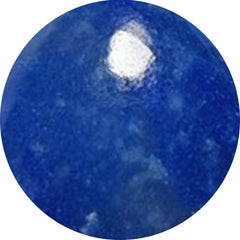 Blue quartz (40)
Blue quartz (40)
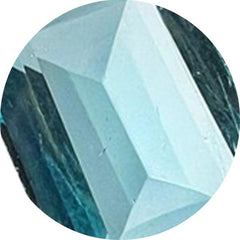 Blue topaz (49)
Blue topaz (49)
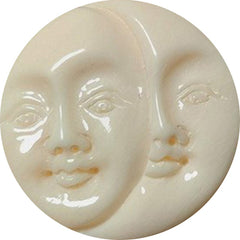 Bone (9)
Bone (9)
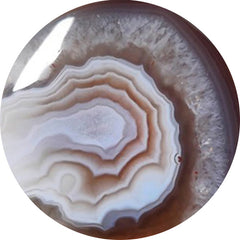 Botswana agate (244)
Botswana agate (244)
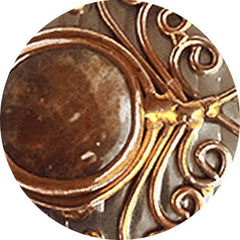 Bronze (0)
Bronze (0)
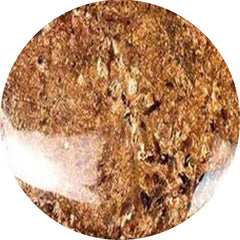 Bronzite (2)
Bronzite (2)
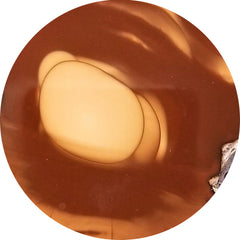 Bruneau jasper (15)
Bruneau jasper (15)
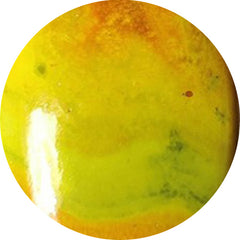 Bumble bee jasper (199)
Bumble bee jasper (199)
 Buy gemstones in usa (859)
Buy gemstones in usa (859)
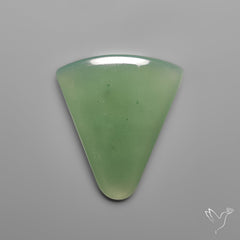 Cabochons (12761)
Cabochons (12761)
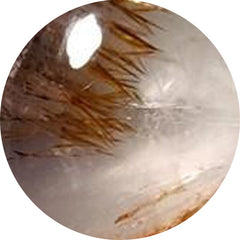 Cacoxenite (65)
Cacoxenite (65)
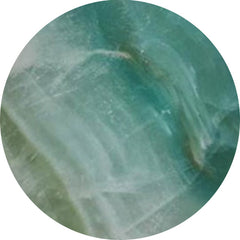 Calcite (220)
Calcite (220)
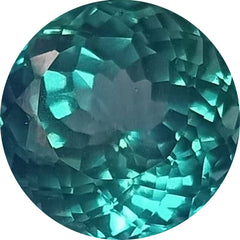 Calibrated (136)
Calibrated (136)
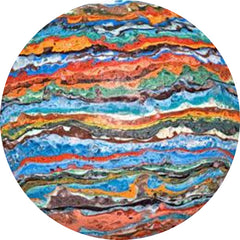 Calsilica (0)
Calsilica (0)
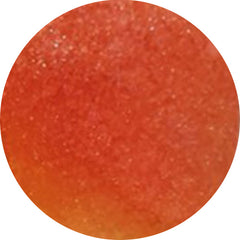 Candy corn (6)
Candy corn (6)
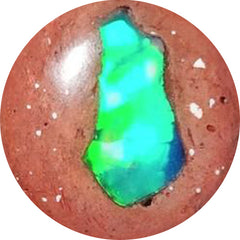 Cantera opal (18)
Cantera opal (18)
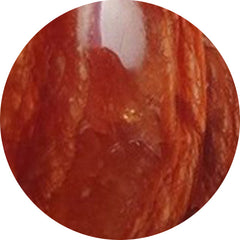 Caramel opal (2)
Caramel opal (2)
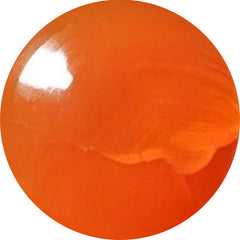 Carnelian (46)
Carnelian (46)
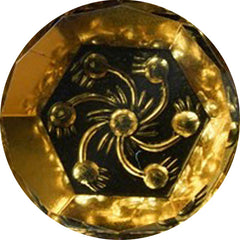 Carving (1782)
Carving (1782)
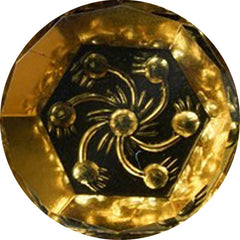 Carvings (2041)
Carvings (2041)
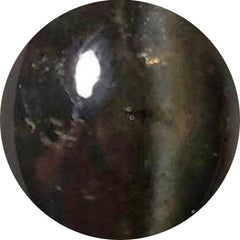 Cats eye (61)
Cats eye (61)
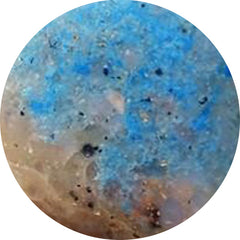 Cavansite (16)
Cavansite (16)
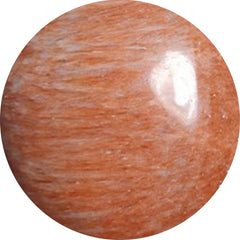 Celestobarite (7)
Celestobarite (7)
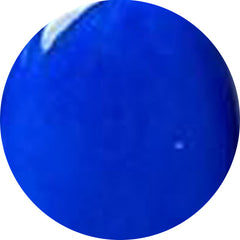 Ceruleite (0)
Ceruleite (0)
 Chakra stone (31)
Chakra stone (31)
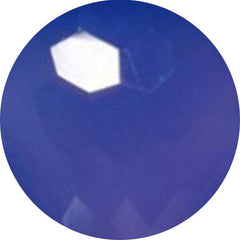 Chalcedony (444)
Chalcedony (444)
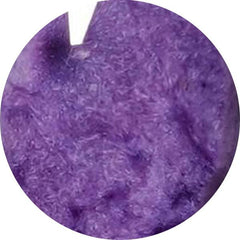 Charoite (189)
Charoite (189)
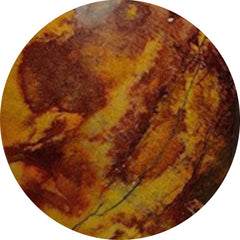 Cherry creek jasper (10)
Cherry creek jasper (10)
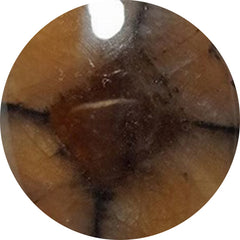 Chiastolite (16)
Chiastolite (16)
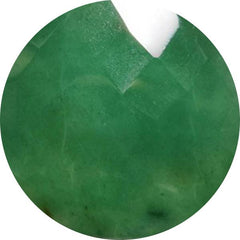 Chrome chalcedony (82)
Chrome chalcedony (82)
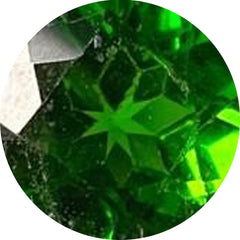 Chrome diopside (20)
Chrome diopside (20)
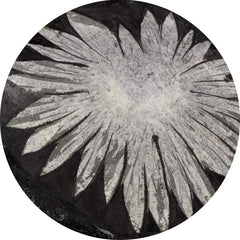 Chrysanthemum fossil (0)
Chrysanthemum fossil (0)
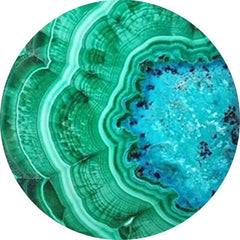 Chrysocolla (407)
Chrysocolla (407)
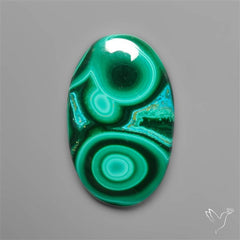 Chrysocolla malachite (76)
Chrysocolla malachite (76)
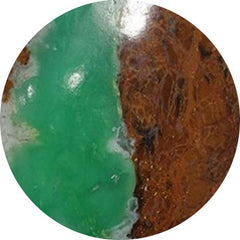 Chrysoprase (321)
Chrysoprase (321)
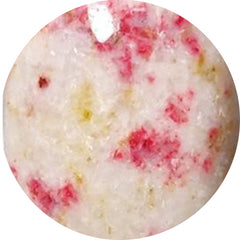 Cinnabar (14)
Cinnabar (14)
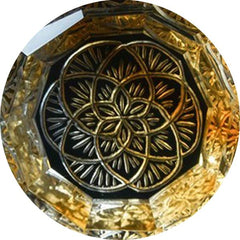 Citrine (110)
Citrine (110)
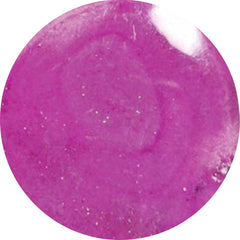 Cobalto calcite (66)
Cobalto calcite (66)
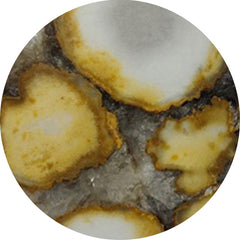 Cobra jasper (30)
Cobra jasper (30)
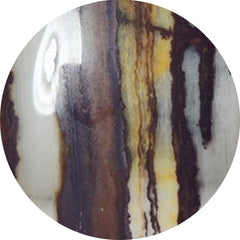 Coconut jasper (2)
Coconut jasper (2)
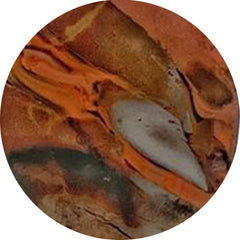 Coffee bean jasper (2)
Coffee bean jasper (2)
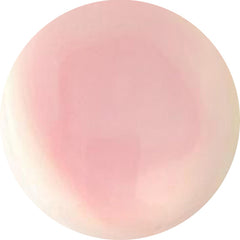 Conch shell (6)
Conch shell (6)
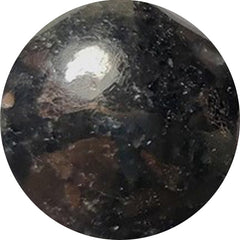 Coppernite (0)
Coppernite (0)
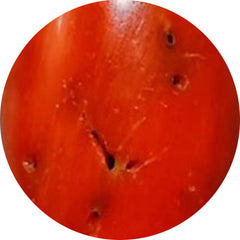 Coral (352)
Coral (352)
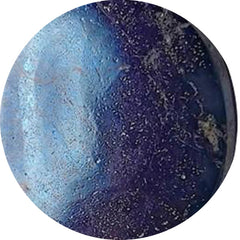 Covellite (4)
Covellite (4)
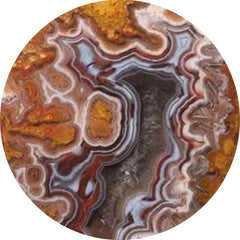 Crazy lace agate (187)
Crazy lace agate (187)
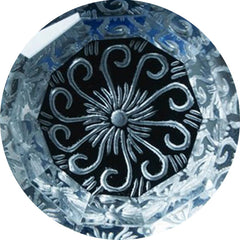 Crystal (204)
Crystal (204)
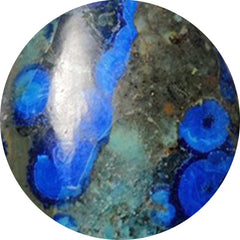 Cuprite (26)
Cuprite (26)
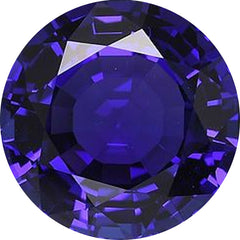 December birthstone (278)
December birthstone (278)
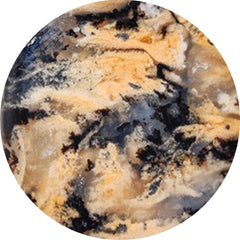 Dendritic agate (442)
Dendritic agate (442)
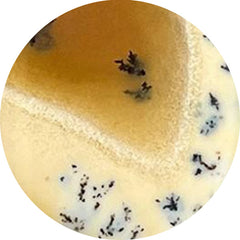 Dendritic opal (75)
Dendritic opal (75)
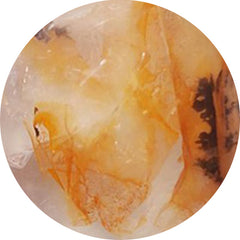 Dendritic quartz (2)
Dendritic quartz (2)
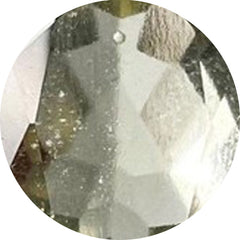 Desert glass (9)
Desert glass (9)
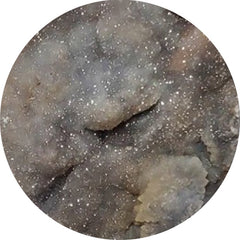 Desert jasper druzy (15)
Desert jasper druzy (15)
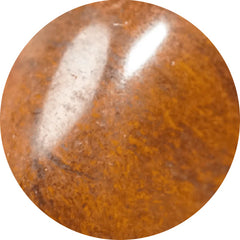 Desert sunset jasper (10)
Desert sunset jasper (10)
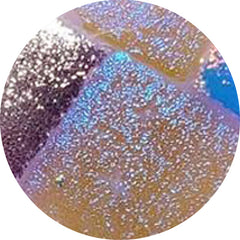 Dichroic glass (145)
Dichroic glass (145)
 Dinosaur bone fossil (3)
Dinosaur bone fossil (3)
 Diopside (54)
Diopside (54)
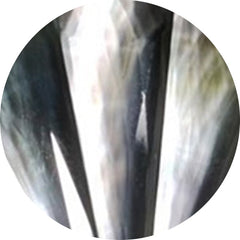 Doublets (876)
Doublets (876)
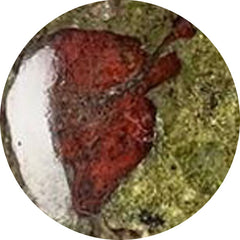 Dragonblood jasper (1)
Dragonblood jasper (1)
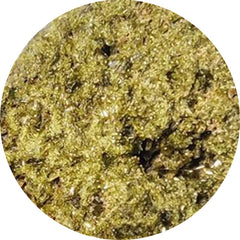 Druzy (419)
Druzy (419)
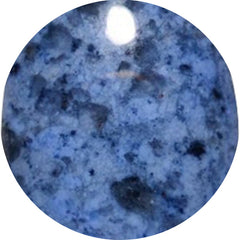 Dumortierite (60)
Dumortierite (60)
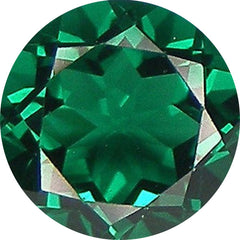 Emerald (63)
Emerald (63)
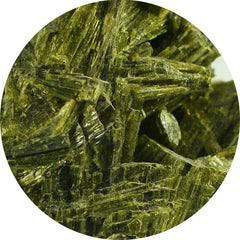 Epidote (10)
Epidote (10)
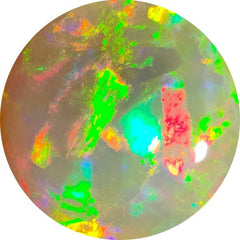 Ethiopian opal (59)
Ethiopian opal (59)
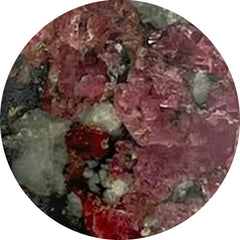 Eudialyte (11)
Eudialyte (11)
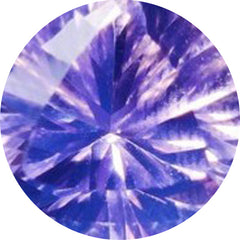 Faceted rose cut (2442)
Faceted rose cut (2442)
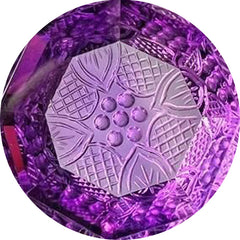 Fantasy cuts (52)
Fantasy cuts (52)
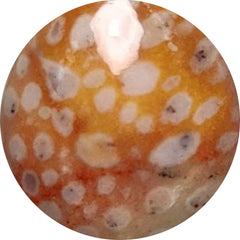 Fawn jasper (13)
Fawn jasper (13)
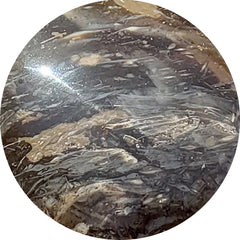 Feather agate (0)
Feather agate (0)
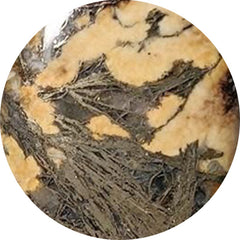 Feather pyrite (39)
Feather pyrite (39)
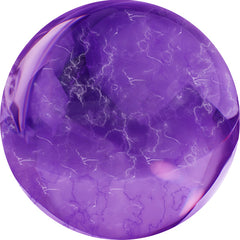 February birthstone (2845)
February birthstone (2845)
 Fine amethyst (32)
Fine amethyst (32)
 Fine ametrine (22)
Fine ametrine (22)
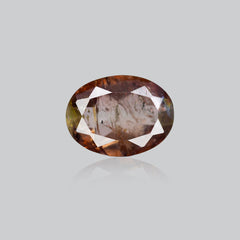 Fine andalusite (1)
Fine andalusite (1)
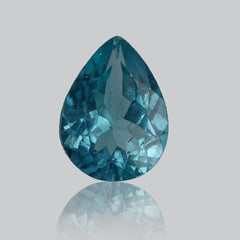 Fine apatite (5)
Fine apatite (5)
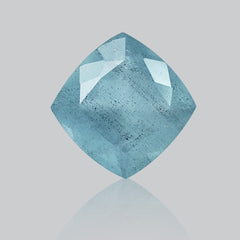 Fine aquamarine (8)
Fine aquamarine (8)
 Fine black opal (6)
Fine black opal (6)
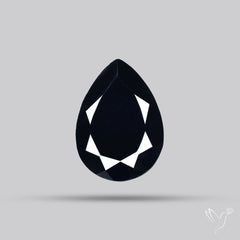 Fine black spinel (14)
Fine black spinel (14)
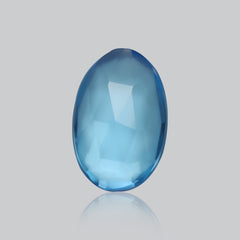 Fine blue topaz (30)
Fine blue topaz (30)
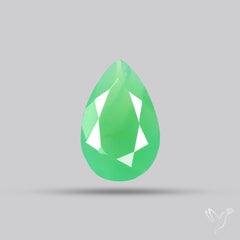 Fine chrysoprase (16)
Fine chrysoprase (16)
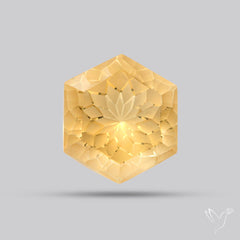 Fine citrine (24)
Fine citrine (24)
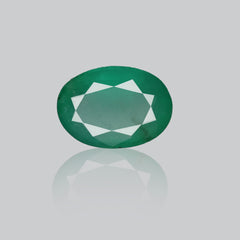 Fine emerald (11)
Fine emerald (11)
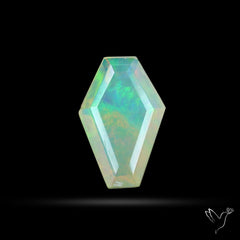 Fine ethiopian opal (18)
Fine ethiopian opal (18)
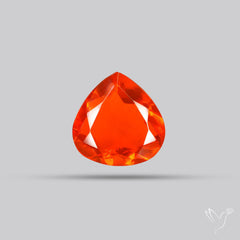 Fine fire opal (7)
Fine fire opal (7)
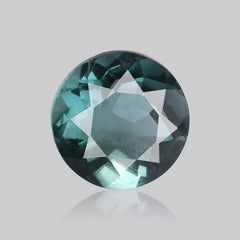 Fine fluorite (12)
Fine fluorite (12)
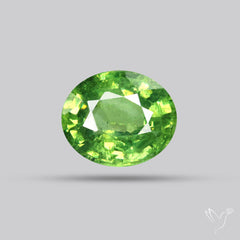 Fine garnet (37)
Fine garnet (37)
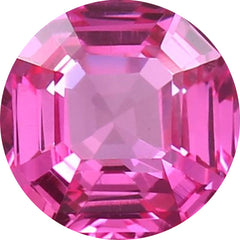 Fine gemstone (0)
Fine gemstone (0)
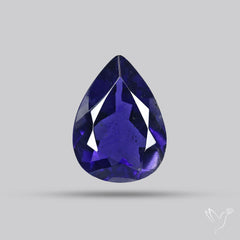 Fine iolite (31)
Fine iolite (31)
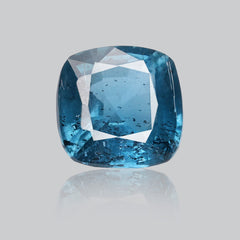 Fine kyanite (28)
Fine kyanite (28)
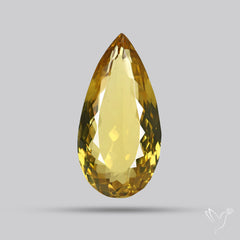 Fine lemon quartz (14)
Fine lemon quartz (14)
 Fine lepidocrocite (46)
Fine lepidocrocite (46)
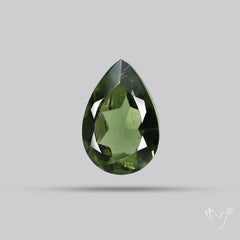 Fine moldavite (21)
Fine moldavite (21)
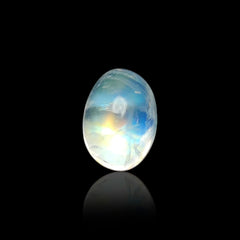 Fine moonstone (7)
Fine moonstone (7)
 Fine peridot (56)
Fine peridot (56)
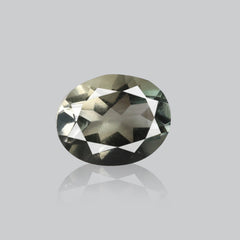 Fine prasiolite (26)
Fine prasiolite (26)
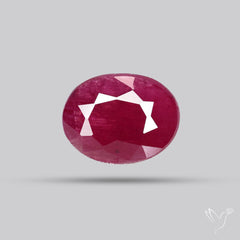 Fine ruby (15)
Fine ruby (15)
 Fine rutilated quartz (19)
Fine rutilated quartz (19)
 Fine sapphire (7)
Fine sapphire (7)
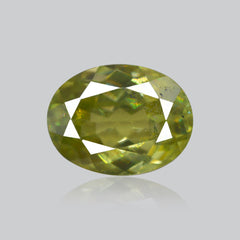 Fine sphene (17)
Fine sphene (17)
 Fine sunstone (79)
Fine sunstone (79)
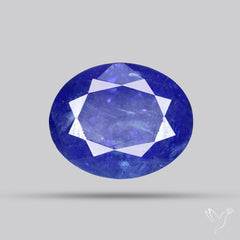 Fine tanzanite (50)
Fine tanzanite (50)
 Fine tourmaline (67)
Fine tourmaline (67)
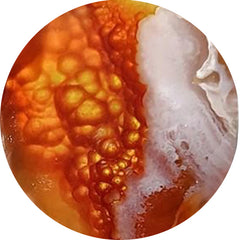 Fire agate (7)
Fire agate (7)
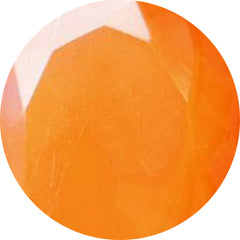 Fire opals (43)
Fire opals (43)
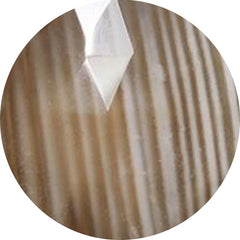 Flint stone (10)
Flint stone (10)
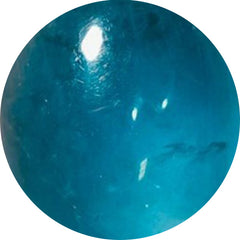 Fluorite (155)
Fluorite (155)
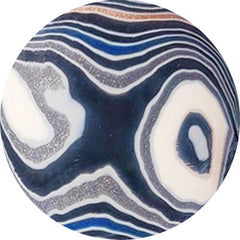 Fordite (63)
Fordite (63)
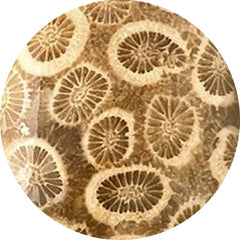 Fossil coral (320)
Fossil coral (320)
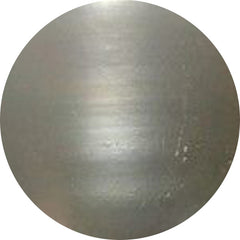 Fossil marston marble (20)
Fossil marston marble (20)
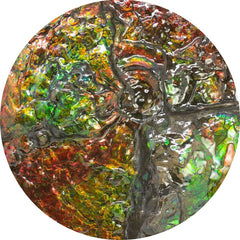 Fossils (513)
Fossils (513)
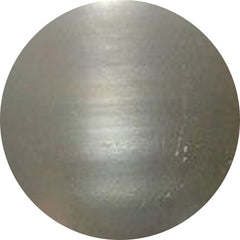 Freshwater pearl (22)
Freshwater pearl (22)
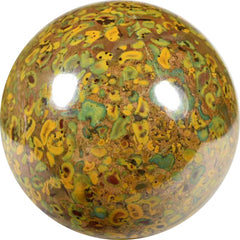 Fruit jasper (14)
Fruit jasper (14)
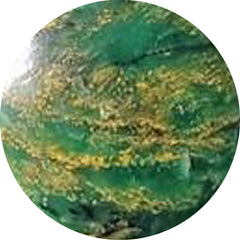 Fuchsite (7)
Fuchsite (7)
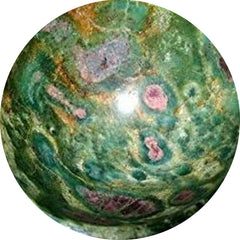 Fuschite (10)
Fuschite (10)
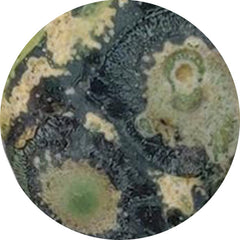 Galaxy jasper (9)
Galaxy jasper (9)
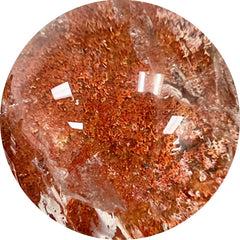 Garden quartz (6)
Garden quartz (6)
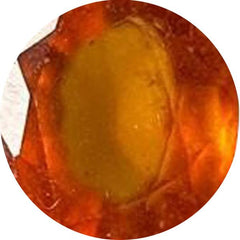 Garnet (119)
Garnet (119)
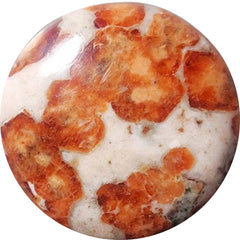 Garnet in limestone (36)
Garnet in limestone (36)
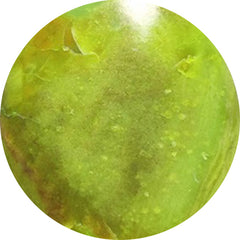 Gaspeite (12)
Gaspeite (12)
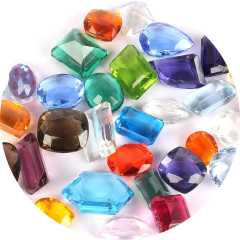 Gemstone lots (438)
Gemstone lots (438)
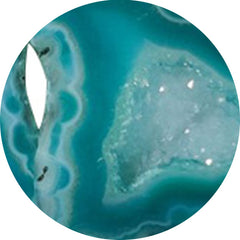 Geode (32)
Geode (32)
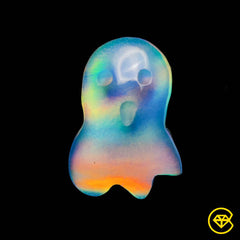 Ghost carving (57)
Ghost carving (57)
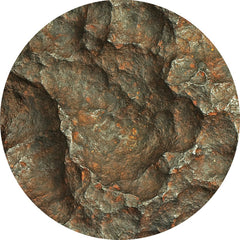 Gibeon meteorite (23)
Gibeon meteorite (23)
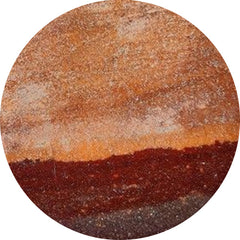 Gila monster agate (16)
Gila monster agate (16)
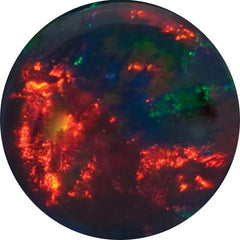 Gilson opal (22)
Gilson opal (22)
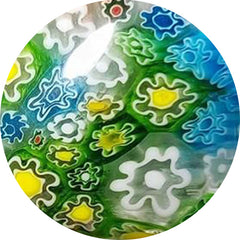 Glass (182)
Glass (182)
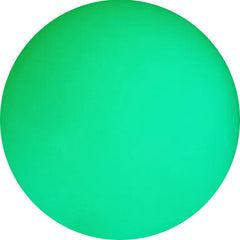 Glow stone (12)
Glow stone (12)
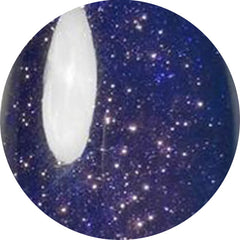 Goldstone (35)
Goldstone (35)
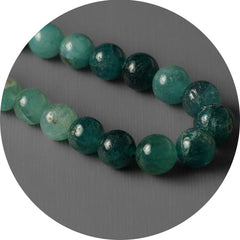 Grandidierite (7)
Grandidierite (7)
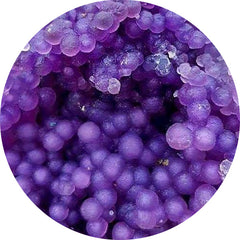 Grape agate (114)
Grape agate (114)
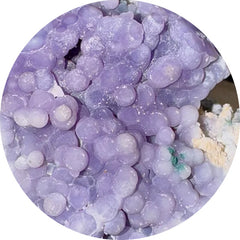 Grape chalcedony (4)
Grape chalcedony (4)
 Green gemstones (447)
Green gemstones (447)
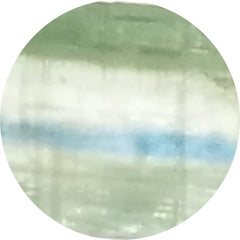 Green kyanite (7)
Green kyanite (7)
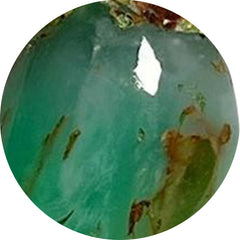 Green prase opal (8)
Green prase opal (8)
 Green tourmaline (24)
Green tourmaline (24)
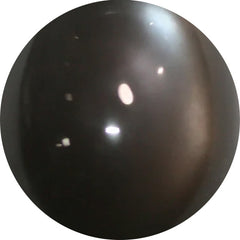 Grey moonstone (31)
Grey moonstone (31)
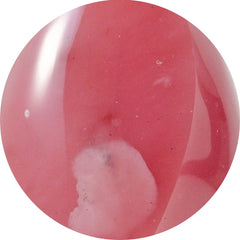 Guava quartz (9)
Guava quartz (9)
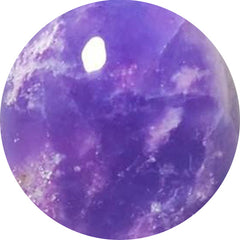 Hackmanite (11)
Hackmanite (11)
 Heart carving (350)
Heart carving (350)
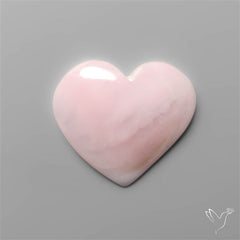 Heart shape gemstones (3)
Heart shape gemstones (3)
 Heliodor (0)
Heliodor (0)
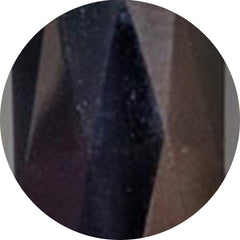 Hematite (37)
Hematite (37)
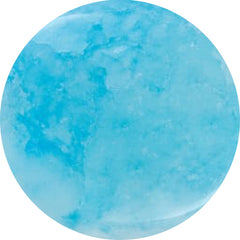 Hemimorphite (54)
Hemimorphite (54)
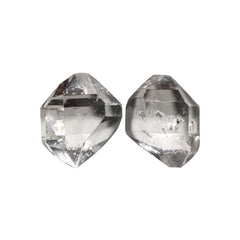 Herkimer diamond (38)
Herkimer diamond (38)
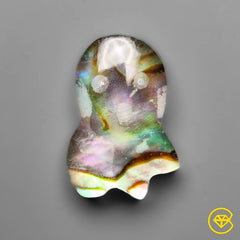 Himalayan quartz (437)
Himalayan quartz (437)
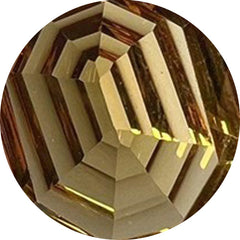 Honey quartz (19)
Honey quartz (19)
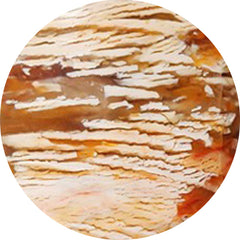 Howardite opal (29)
Howardite opal (29)
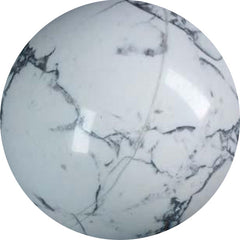 Howlite (4)
Howlite (4)
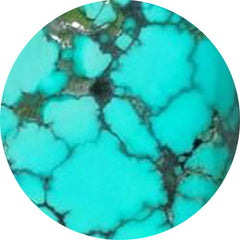 Hubei turquoise (54)
Hubei turquoise (54)
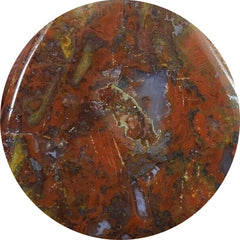 Hungarian agate (1)
Hungarian agate (1)
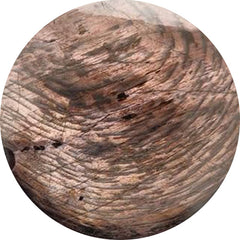 Hypersthene (42)
Hypersthene (42)
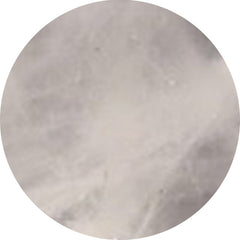 Ice quartz (1)
Ice quartz (1)
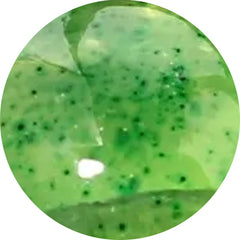 Idocrase (1)
Idocrase (1)
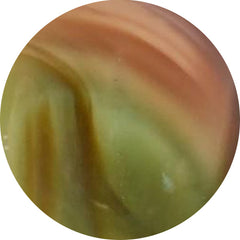 Imperial jasper (115)
Imperial jasper (115)
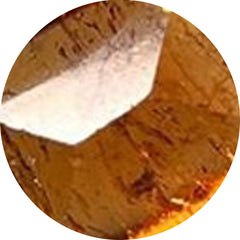 Imperial topaz (0)
Imperial topaz (0)
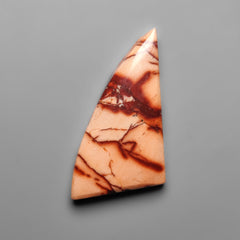 Indian paint stone (5)
Indian paint stone (5)
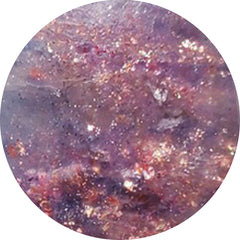 Iolite (160)
Iolite (160)
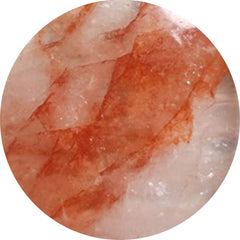 Iron quartz (48)
Iron quartz (48)
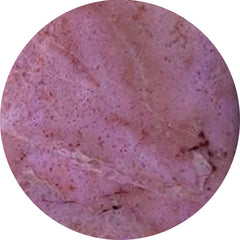 Jade (34)
Jade (34)
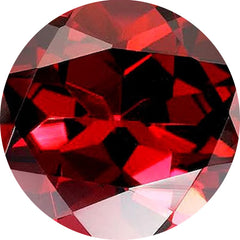 January birthstone (445)
January birthstone (445)
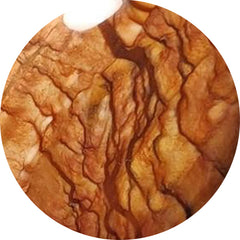 Jaspers (32)
Jaspers (32)
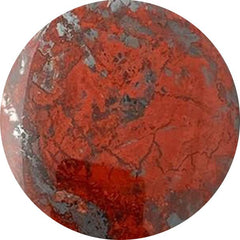 Jaspillite (3)
Jaspillite (3)
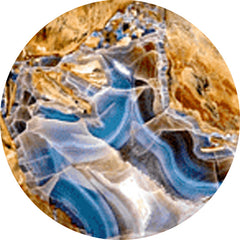 Java chalcedony (16)
Java chalcedony (16)
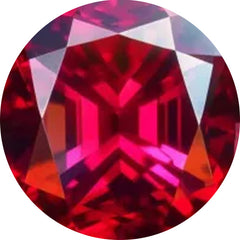 July birthstone (551)
July birthstone (551)
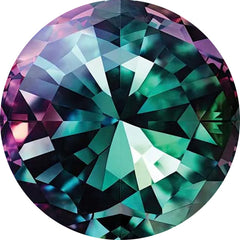 June birthstones: moonstone, pearl, and alexandrite (1055)
June birthstones: moonstone, pearl, and alexandrite (1055)
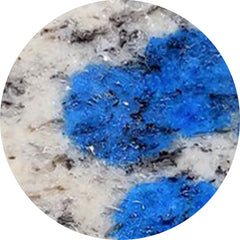 K2 jasper (7)
K2 jasper (7)
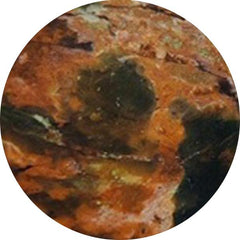 Kaleidoscope agate (0)
Kaleidoscope agate (0)
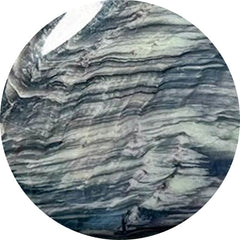 Kammererite (103)
Kammererite (103)
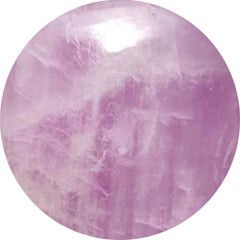 Kunzite (7)
Kunzite (7)
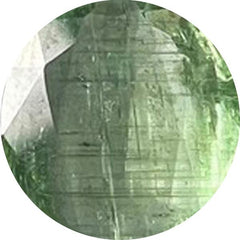 Kyanite (99)
Kyanite (99)
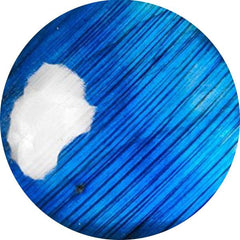 Labradorite (277)
Labradorite (277)
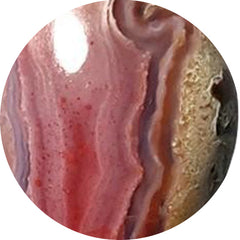 Laguna lace agate (60)
Laguna lace agate (60)
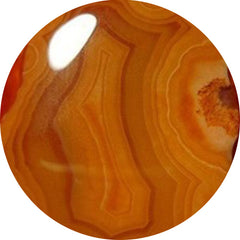 Lake superior agate (25)
Lake superior agate (25)
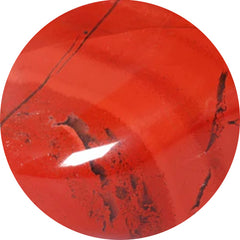 Landscape jasper (0)
Landscape jasper (0)
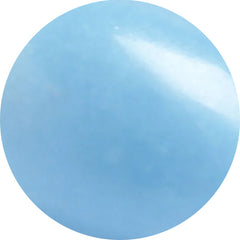 Langite (0)
Langite (0)
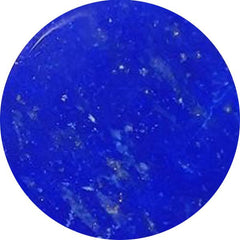 Lapis lazuli (165)
Lapis lazuli (165)
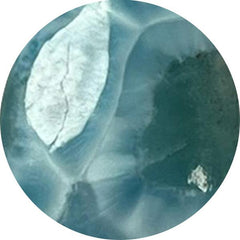 Larimar (125)
Larimar (125)
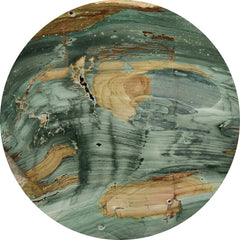 Larsonite (17)
Larsonite (17)
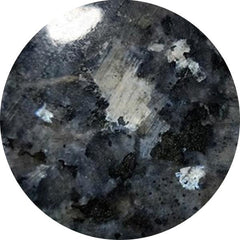 Larvikite feldspar (46)
Larvikite feldspar (46)
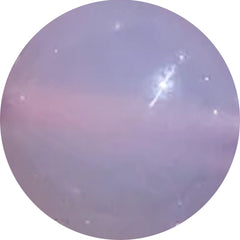 Lavender chalcedony (17)
Lavender chalcedony (17)
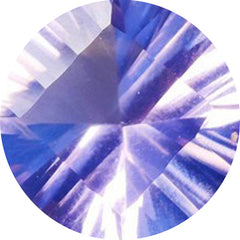 Lavender quartz (5)
Lavender quartz (5)
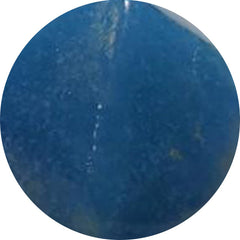 Lazulite (8)
Lazulite (8)
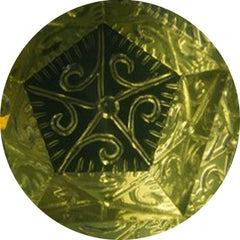 Lemon quartz (44)
Lemon quartz (44)
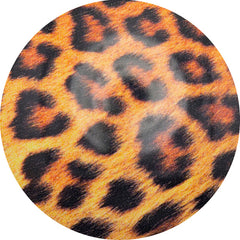 Leopard skin shell (0)
Leopard skin shell (0)
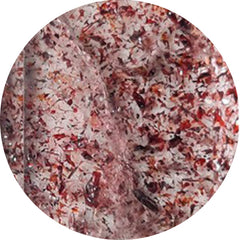 Lepidocrocite (55)
Lepidocrocite (55)
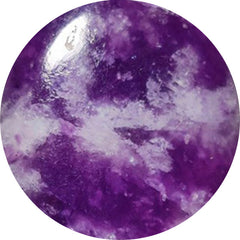 Lepidolite (82)
Lepidolite (82)
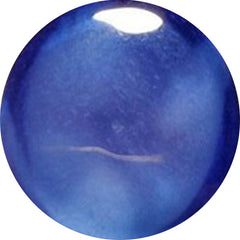 Lindy star sapphire (0)
Lindy star sapphire (0)
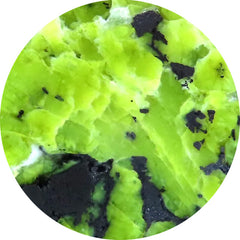 Lizardite (55)
Lizardite (55)
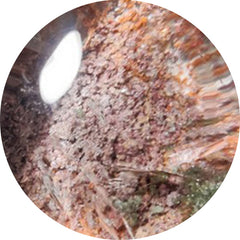 Lodolite (93)
Lodolite (93)
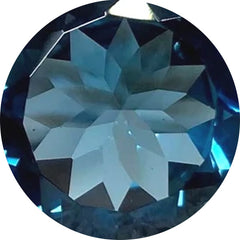 London blue topaz (10)
London blue topaz (10)
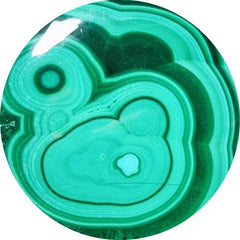 Malachite (577)
Malachite (577)
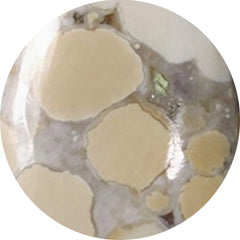 Maligano jasper (71)
Maligano jasper (71)
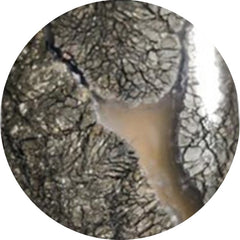 Marcasite (27)
Marcasite (27)
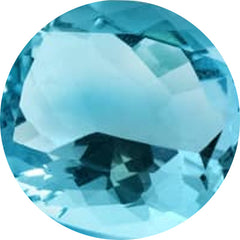 March birthstone (1458)
March birthstone (1458)
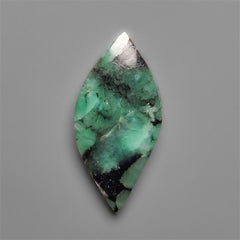 Marquise shape gemstones (5)
Marquise shape gemstones (5)
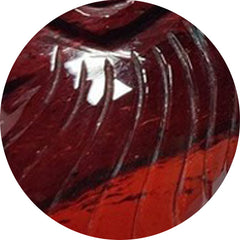 Mary ellen jasper (0)
Mary ellen jasper (0)
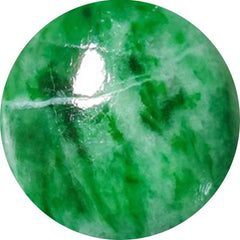 Maw sit sit (15)
Maw sit sit (15)
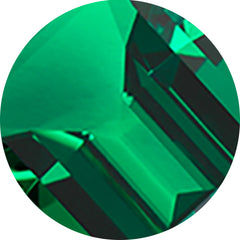 May birthstone (443)
May birthstone (443)
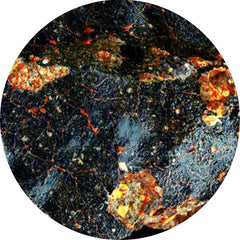 Meteorite (23)
Meteorite (23)
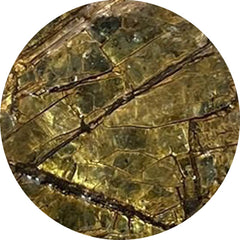 Mica (45)
Mica (45)
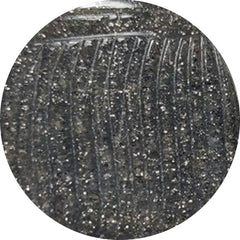 Midnight quartzite (20)
Midnight quartzite (20)
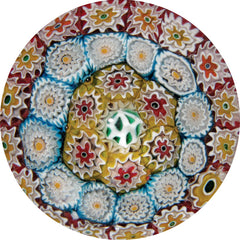 Millefiori glass (2)
Millefiori glass (2)
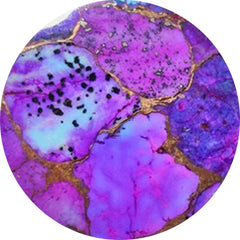 Mohave turquoise (57)
Mohave turquoise (57)
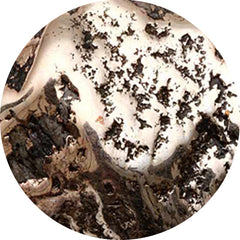 Mohawkites (20)
Mohawkites (20)
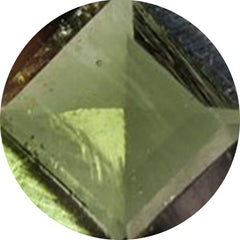 Moldavite (47)
Moldavite (47)
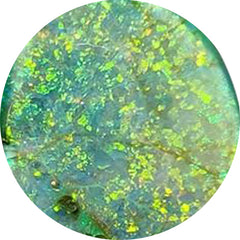 Monarch opal (29)
Monarch opal (29)
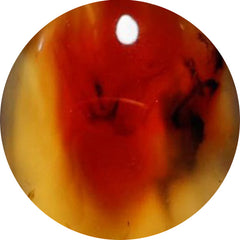 Montana agate (83)
Montana agate (83)
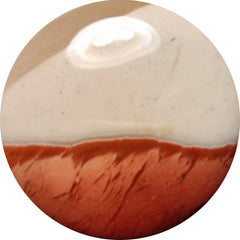 Mookaite (39)
Mookaite (39)
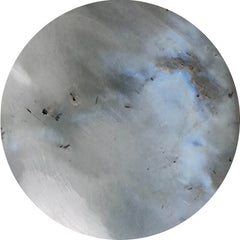 Moonstone (400)
Moonstone (400)
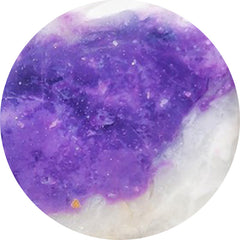 Morado opal (1)
Morado opal (1)
 Morenci turquoise (39)
Morenci turquoise (39)
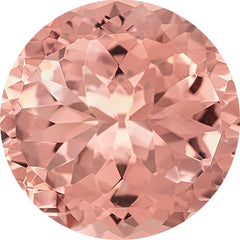 Morganite (0)
Morganite (0)
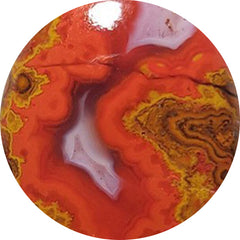 Moroccan seam agate (119)
Moroccan seam agate (119)
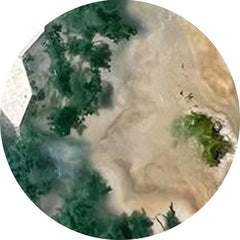 Moss agate (385)
Moss agate (385)
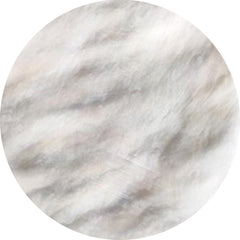 Mother of pearl (528)
Mother of pearl (528)
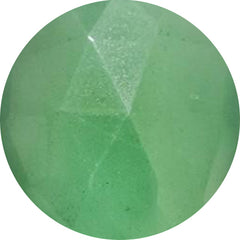 Mtorolite (46)
Mtorolite (46)
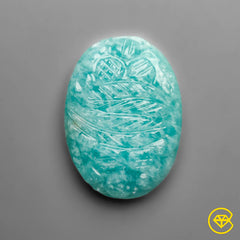 Mughal carving (477)
Mughal carving (477)
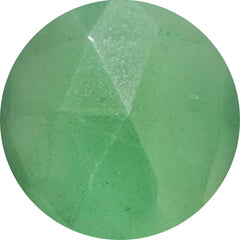 Muscovite (21)
Muscovite (21)
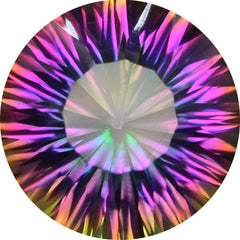 Mystic quartz (1)
Mystic quartz (1)
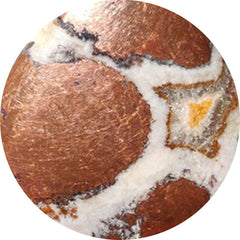 Native copper (34)
Native copper (34)
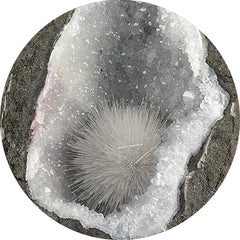 Natrolite (26)
Natrolite (26)
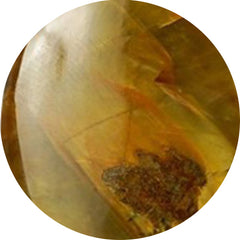 Nellite (6)
Nellite (6)
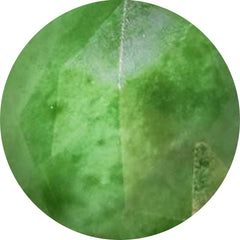 Nephrite jade (2)
Nephrite jade (2)
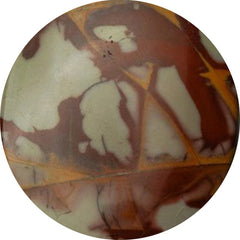 Noreena jasper (28)
Noreena jasper (28)
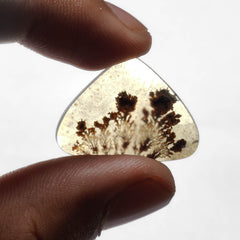 November birthstone (158)
November birthstone (158)
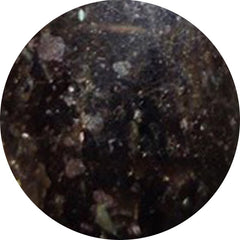 Nuummite (2)
Nuummite (2)
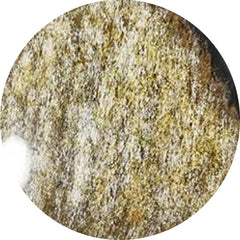 Obsidian (339)
Obsidian (339)
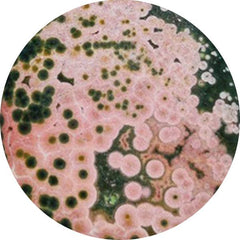 Ocean jasper (253)
Ocean jasper (253)
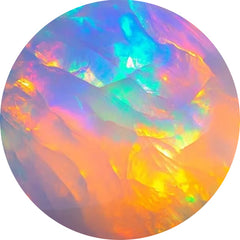 October birthstone (1312)
October birthstone (1312)
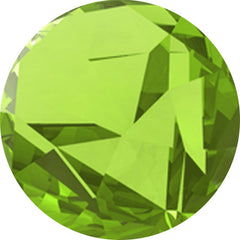 Olive quartz (5)
Olive quartz (5)
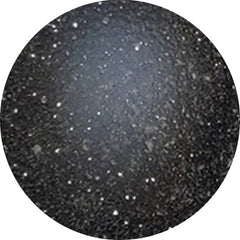 Onyx (287)
Onyx (287)
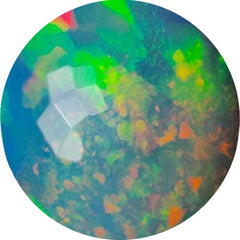 Opal (1083)
Opal (1083)
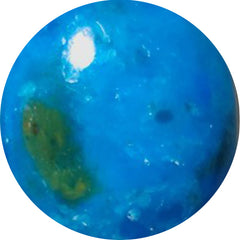 Opalina (11)
Opalina (11)
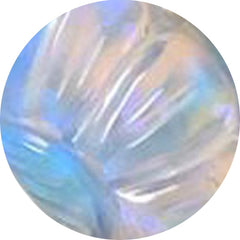 Opalite (30)
Opalite (30)
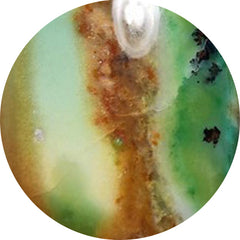 Opalwood (5)
Opalwood (5)
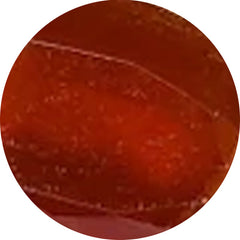 Orange kyanite (2)
Orange kyanite (2)
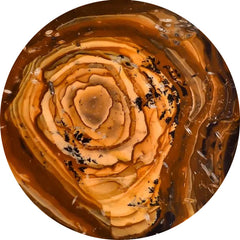 Oregon jasper (7)
Oregon jasper (7)
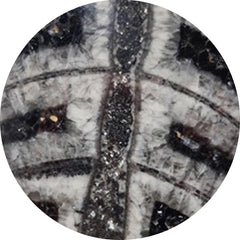 Orthoceras fossil (36)
Orthoceras fossil (36)
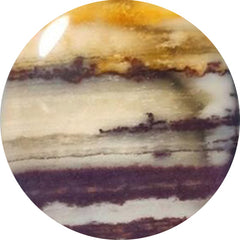 Outback jasper (5)
Outback jasper (5)
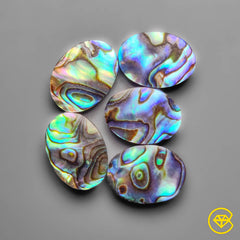 Oval shape gemstones (6)
Oval shape gemstones (6)
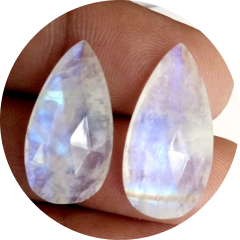 Pairs (945)
Pairs (945)
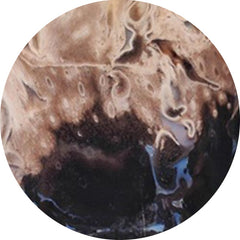 Palmroot agate (92)
Palmroot agate (92)
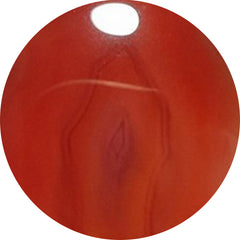 Passion agate (1)
Passion agate (1)
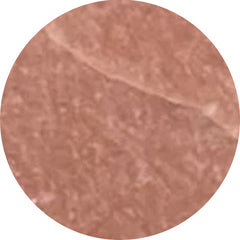 Peach moonstone (45)
Peach moonstone (45)
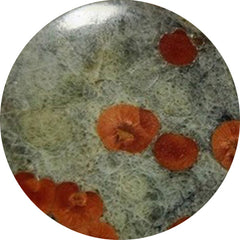 Peanut obsidian (40)
Peanut obsidian (40)
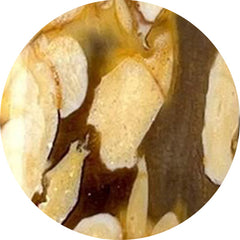 Peanut wood jasper (178)
Peanut wood jasper (178)
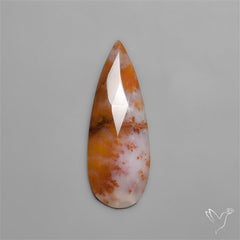 Pear shape gemstones (9)
Pear shape gemstones (9)
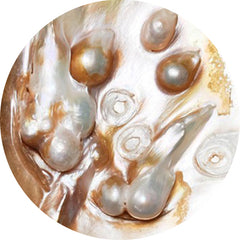 Pearl (655)
Pearl (655)
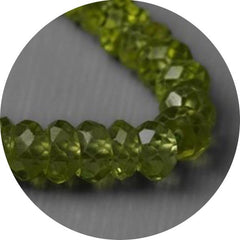 Peridot (59)
Peridot (59)
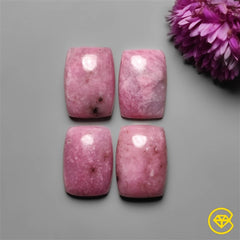 Petalite (25)
Petalite (25)
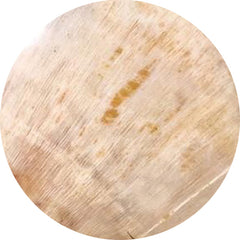 Petrified wood (55)
Petrified wood (55)
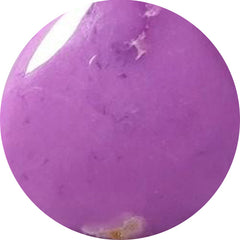 Phosphosiderite (94)
Phosphosiderite (94)
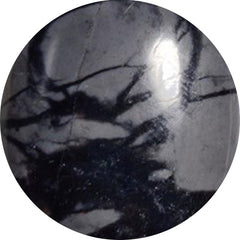 Picasso jasper (81)
Picasso jasper (81)
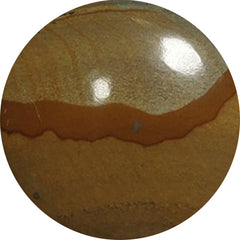 Picture jasper (81)
Picture jasper (81)
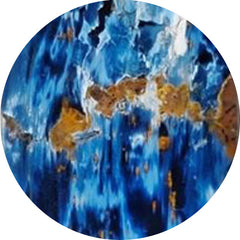 Pietersite (47)
Pietersite (47)
 Pink gemstones (473)
Pink gemstones (473)
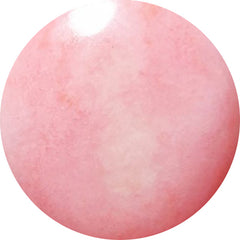 Pink opal (151)
Pink opal (151)
 Pink tourmaline (90)
Pink tourmaline (90)
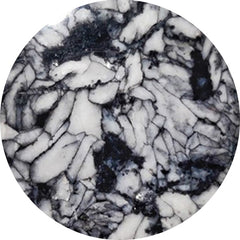 Pinolith (35)
Pinolith (35)
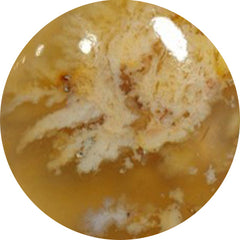 Plume agate (96)
Plume agate (96)
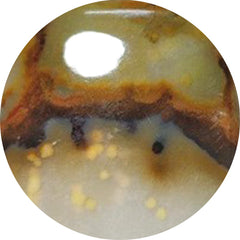 Polka dot agate (42)
Polka dot agate (42)
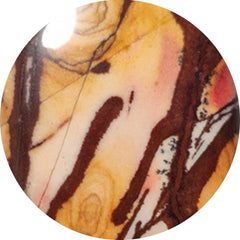 Polychrome jasper (42)
Polychrome jasper (42)
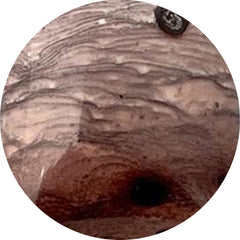 Porcelain jasper (30)
Porcelain jasper (30)
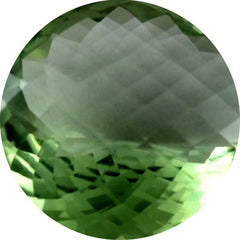 Prasiolite (45)
Prasiolite (45)
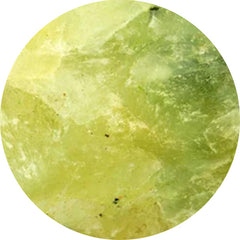 Prehnite (22)
Prehnite (22)
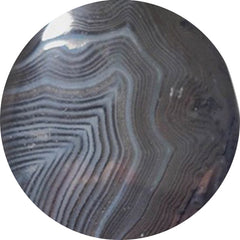 Psilomelane (23)
Psilomelane (23)
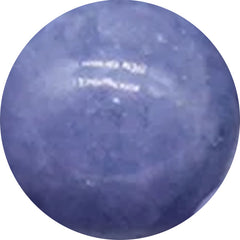 Purple chalcedony (45)
Purple chalcedony (45)
 Purple gemstones (1011)
Purple gemstones (1011)
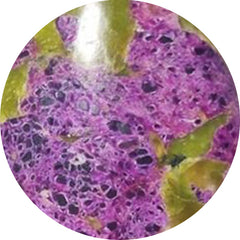 Purpurite (7)
Purpurite (7)
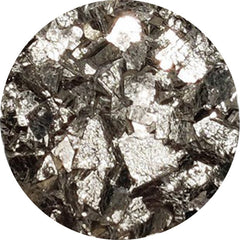 Pyrite (137)
Pyrite (137)
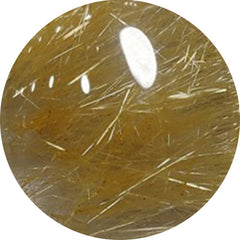 Quartz (125)
Quartz (125)
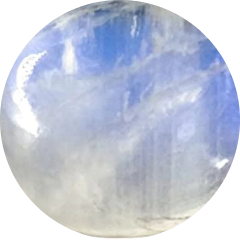 Rain moonstones (0)
Rain moonstones (0)
 Rainbow calcilica (11)
Rainbow calcilica (11)
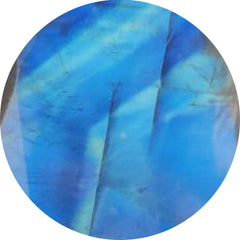 Rainbow moonstone (86)
Rainbow moonstone (86)
 Red coral (8)
Red coral (8)
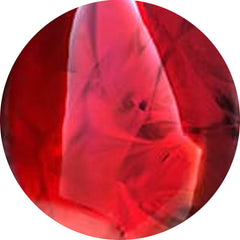 Red fossil (0)
Red fossil (0)
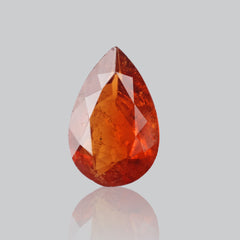 Red gemstones (364)
Red gemstones (364)
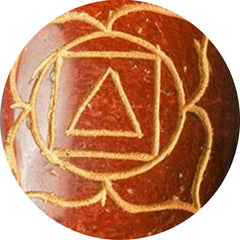 Red jasper (3)
Red jasper (3)
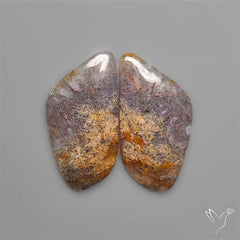 Red moss agate (76)
Red moss agate (76)
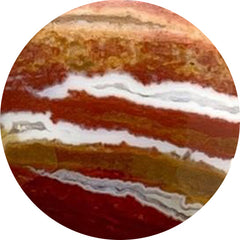 Red river jasper (16)
Red river jasper (16)
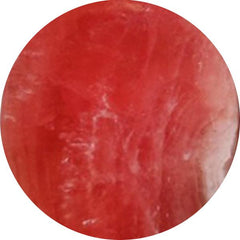 Rhodochrosite (405)
Rhodochrosite (405)
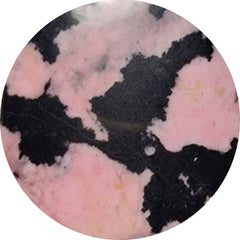 Rhodonite (81)
Rhodonite (81)
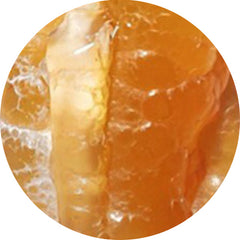 Rock chalcedony (2)
Rock chalcedony (2)
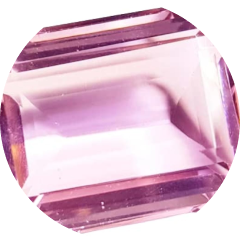 Rose cut gemstones (724)
Rose cut gemstones (724)
 Rose quartz (54)
Rose quartz (54)
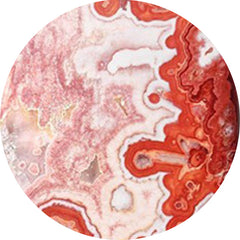 Rosita jasper (10)
Rosita jasper (10)
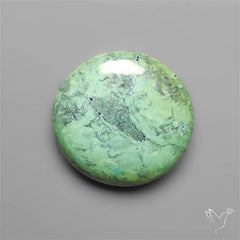 Round shape gemstones (6)
Round shape gemstones (6)
 Ruby (199)
Ruby (199)
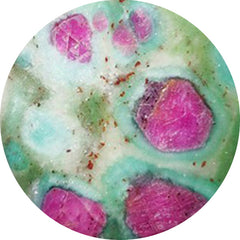 Ruby in fuchsite (6)
Ruby in fuchsite (6)
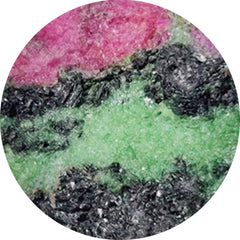 Ruby in zoisite (92)
Ruby in zoisite (92)
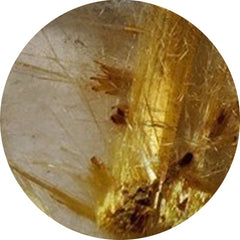 Rutilated quartz (263)
Rutilated quartz (263)
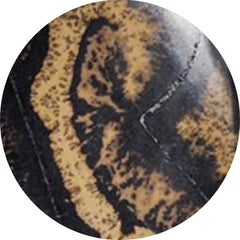 Sage brush jasper (27)
Sage brush jasper (27)
 Sand dollar fossil (3)
Sand dollar fossil (3)
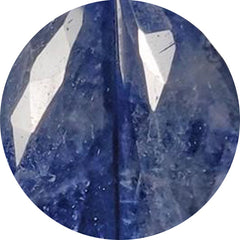 Sapphire (32)
Sapphire (32)
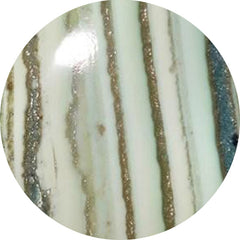 Saturn chalcedony (57)
Saturn chalcedony (57)
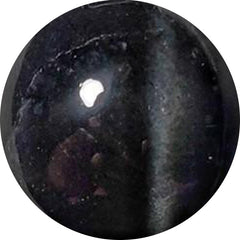 Scapolite (13)
Scapolite (13)
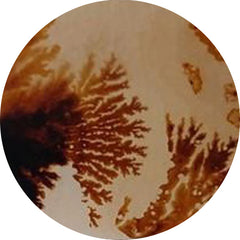 Scenic agate (99)
Scenic agate (99)
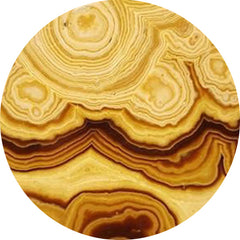 Schalenblende (88)
Schalenblende (88)
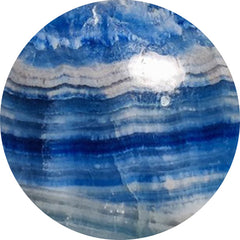 Scheelite (37)
Scheelite (37)
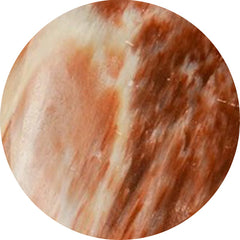 Scolecite (52)
Scolecite (52)
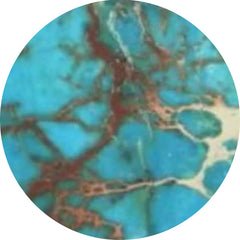 Sea sediment jasper (0)
Sea sediment jasper (0)
 Selenite (13)
Selenite (13)
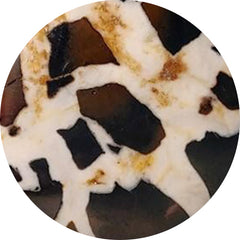 Septarian (92)
Septarian (92)
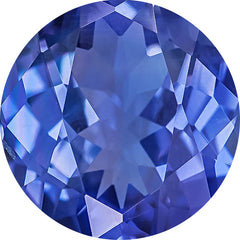 September birthstone (199)
September birthstone (199)
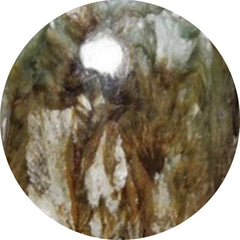 Seraphinite (81)
Seraphinite (81)
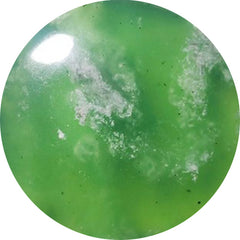 Serpentine (165)
Serpentine (165)
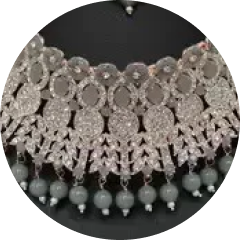 Sets (37)
Sets (37)
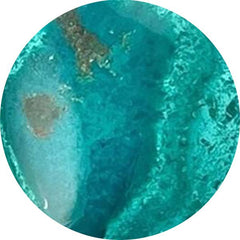 Shattuckite (278)
Shattuckite (278)
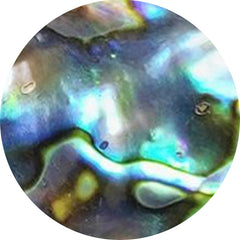 Shell (294)
Shell (294)
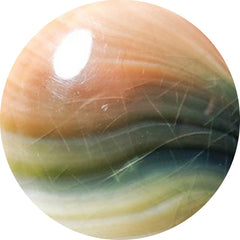 Shiva eye shell (46)
Shiva eye shell (46)
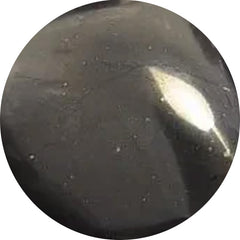 Shungite (4)
Shungite (4)
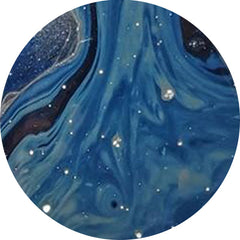 Sieber agate (0)
Sieber agate (0)
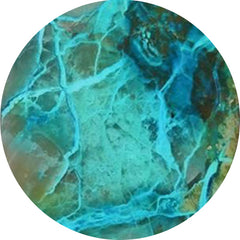 Silica (4)
Silica (4)
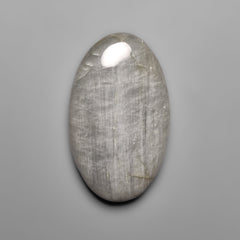 Silver leaf jasper (6)
Silver leaf jasper (6)
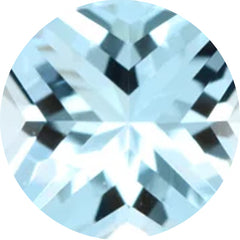 Sky blue topaz (5)
Sky blue topaz (5)
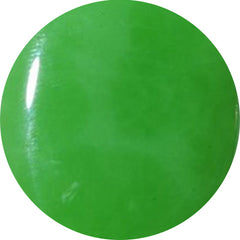 Smithsonite (29)
Smithsonite (29)
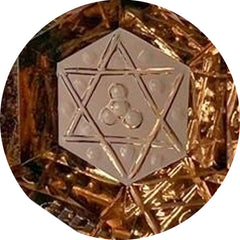 Smoky quartz (23)
Smoky quartz (23)
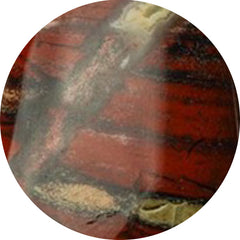 Snakeskin jasper (48)
Snakeskin jasper (48)
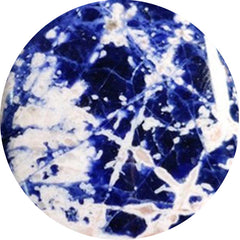 Sodalite (72)
Sodalite (72)
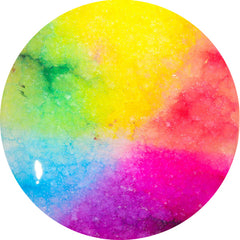 Solar agate (1)
Solar agate (1)
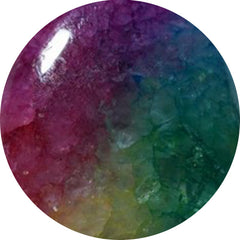 Solar quartz (51)
Solar quartz (51)
 Spectrolite (128)
Spectrolite (128)
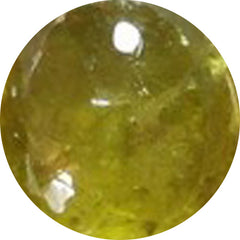 Sphence (25)
Sphence (25)
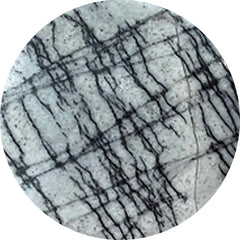 Spiderweb jasper (1)
Spiderweb jasper (1)
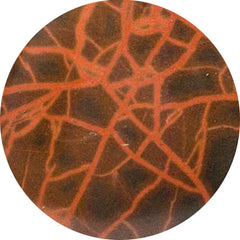 Spiderwoman jasper (0)
Spiderwoman jasper (0)
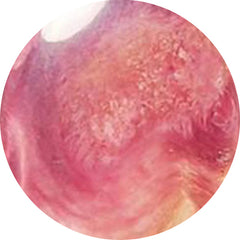 Spiny oyster shell (66)
Spiny oyster shell (66)
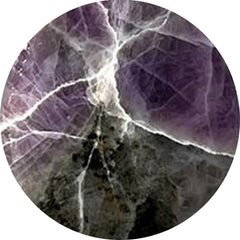 Spurrite (7)
Spurrite (7)
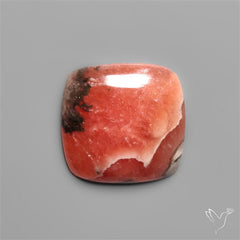 Square shape gemstones (10)
Square shape gemstones (10)
 Starburst (2)
Starburst (2)
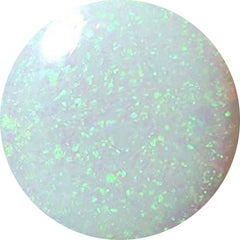 Sterling opal (11)
Sterling opal (11)
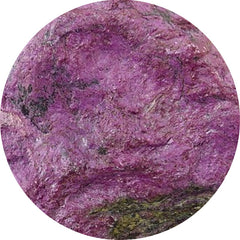 Stichtite (37)
Stichtite (37)
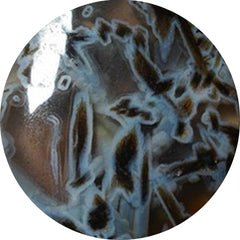 Stick agate (6)
Stick agate (6)
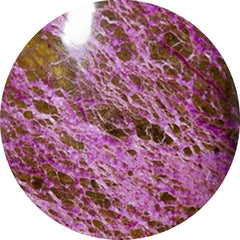 Stitchtite (121)
Stitchtite (121)
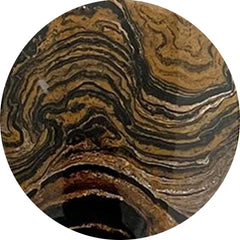 Stramatolite (0)
Stramatolite (0)
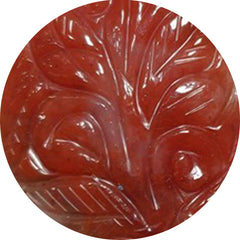 Strawberry quartz (8)
Strawberry quartz (8)
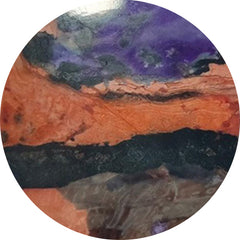 Sugilite (0)
Sugilite (0)
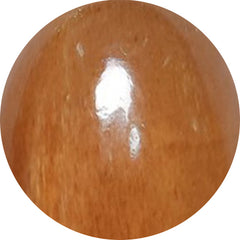 Sunstone (270)
Sunstone (270)
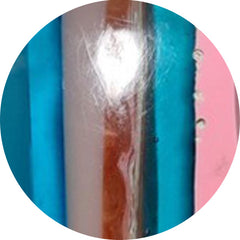 Surfite (1)
Surfite (1)
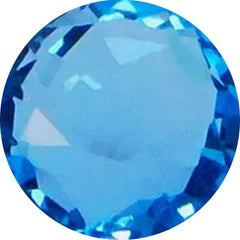 Swiss blue topaz (31)
Swiss blue topaz (31)
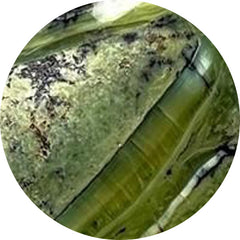 Swiss opal (3)
Swiss opal (3)
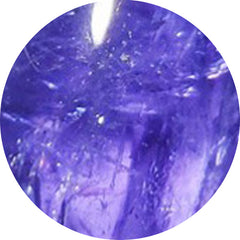 Tanzanite (51)
Tanzanite (51)
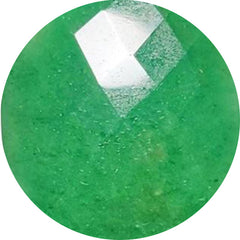 Tanzurine (12)
Tanzurine (12)
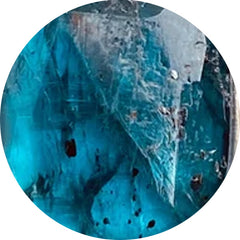 Teal kyanite (9)
Teal kyanite (9)
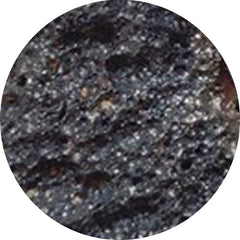 Tektite (42)
Tektite (42)
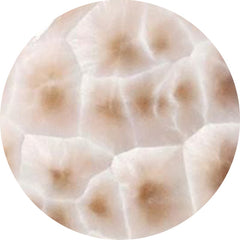 Thomsonite (35)
Thomsonite (35)
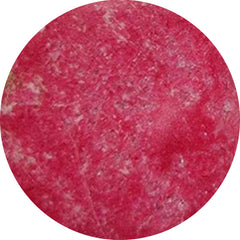 Thulite (80)
Thulite (80)
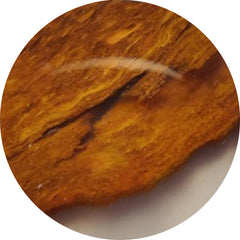 Thunder egg agate (0)
Thunder egg agate (0)
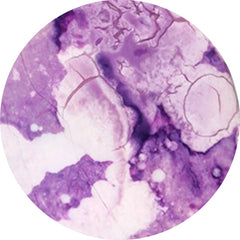 Tiffany stone (6)
Tiffany stone (6)
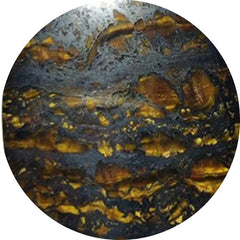 Tiger eye (66)
Tiger eye (66)
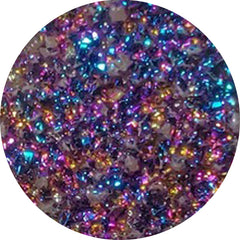 Titanium druzy (5)
Titanium druzy (5)
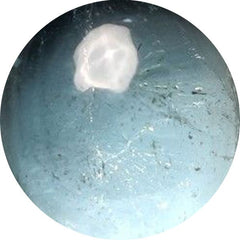 Topaz (49)
Topaz (49)
 Tourmaline (242)
Tourmaline (242)
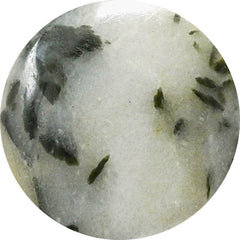 Tourmaline in quartz (86)
Tourmaline in quartz (86)
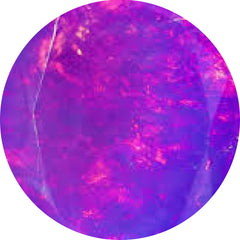 Treated opal (35)
Treated opal (35)
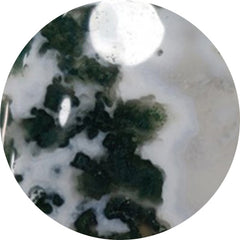 Tree agate (31)
Tree agate (31)
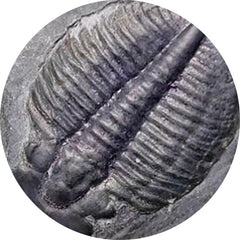 Trilobite fossil (18)
Trilobite fossil (18)
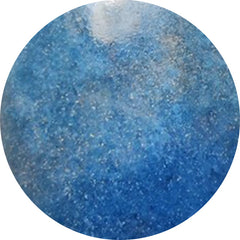 Trolleite quartz (30)
Trolleite quartz (30)
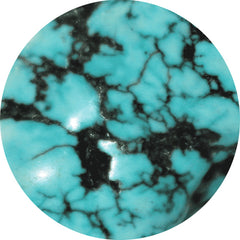 Tumbles (1)
Tumbles (1)
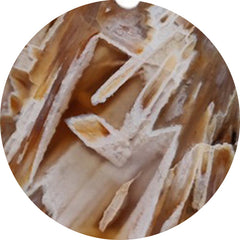 Turkish tube agate (63)
Turkish tube agate (63)
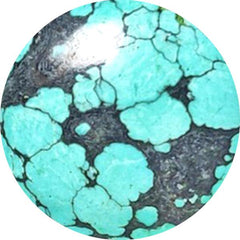 Turquoise (229)
Turquoise (229)
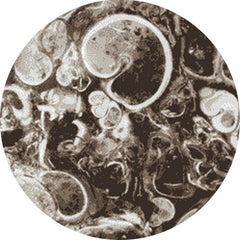 Turritella jasper (3)
Turritella jasper (3)
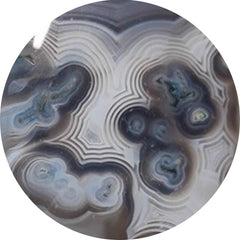 Tuxedo agate (64)
Tuxedo agate (64)
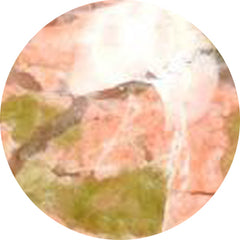 Unakite (3)
Unakite (3)
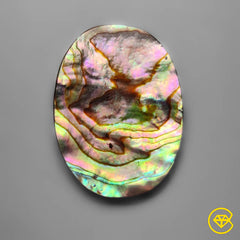 Under $10 (4058)
Under $10 (4058)
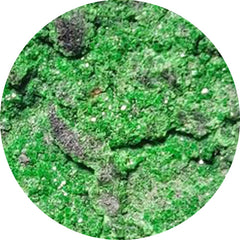 Uvarovite garnet (3)
Uvarovite garnet (3)
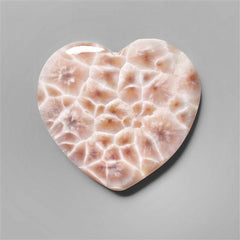 Valentine (802)
Valentine (802)
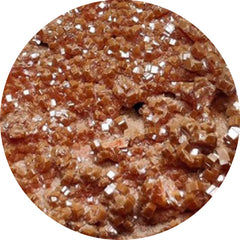 Vanadinite druzy (9)
Vanadinite druzy (9)
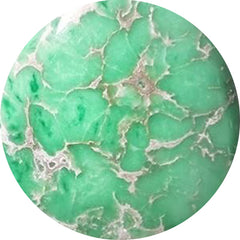 Variscite (137)
Variscite (137)
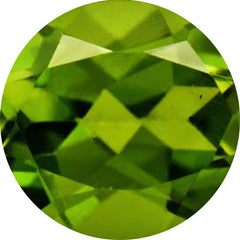 Vesuvianite (1)
Vesuvianite (1)
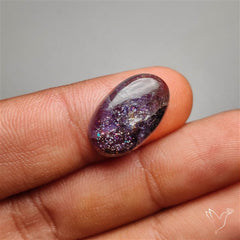 Video collection (265)
Video collection (265)
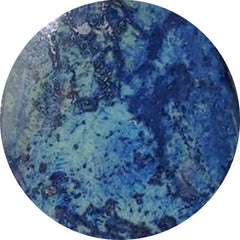 Vivianite (1)
Vivianite (1)
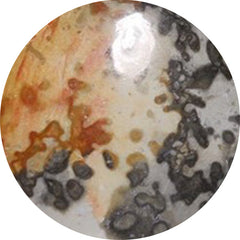 Volcanic cotham marble (7)
Volcanic cotham marble (7)
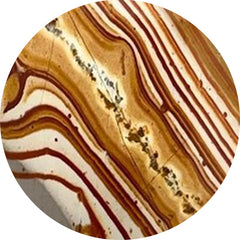 Wagul jasper (3)
Wagul jasper (3)
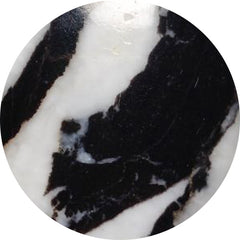 White buffalo turquoise (14)
White buffalo turquoise (14)
 White gemstones (1211)
White gemstones (1211)
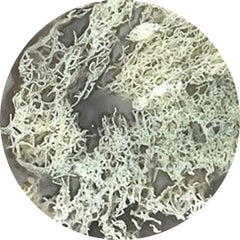 White horse canyon (45)
White horse canyon (45)
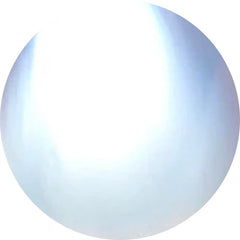 White moonstone (35)
White moonstone (35)
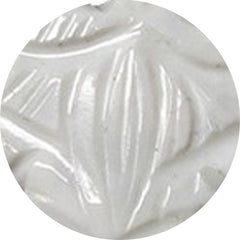 White opal (11)
White opal (11)
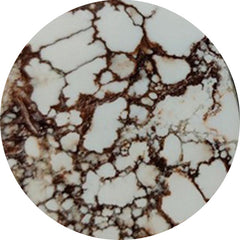 Wild horse jasper (116)
Wild horse jasper (116)
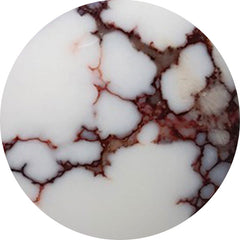 Wild horse magnesite (49)
Wild horse magnesite (49)
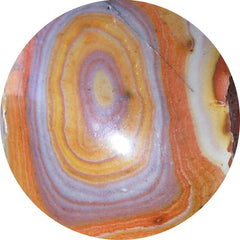 Wonder stone (0)
Wonder stone (0)
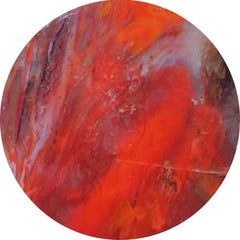 Wood (208)
Wood (208)
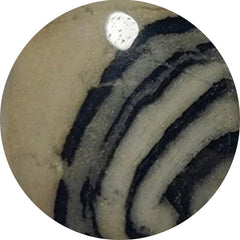 Yavapai travertine (0)
Yavapai travertine (0)
 Yellow gemstones (172)
Yellow gemstones (172)
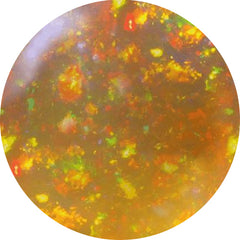 Yellow opal (7)
Yellow opal (7)
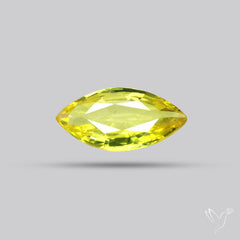 Yellow sapphire (6)
Yellow sapphire (6)
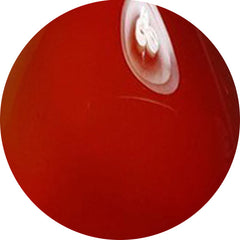 Yemeni aqeeq (0)
Yemeni aqeeq (0)
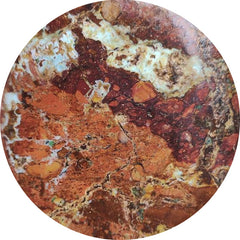 Zarinite (0)
Zarinite (0)
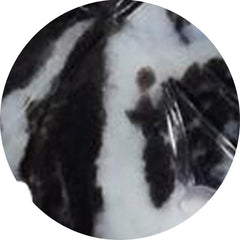 Zebra jasper (1)
Zebra jasper (1)
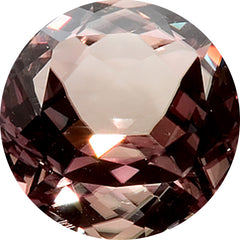 Zultanite (4)
Zultanite (4)

















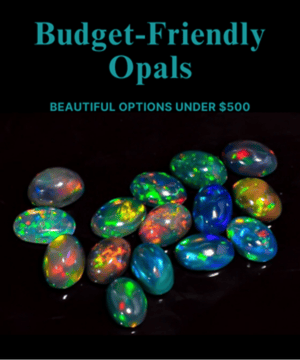
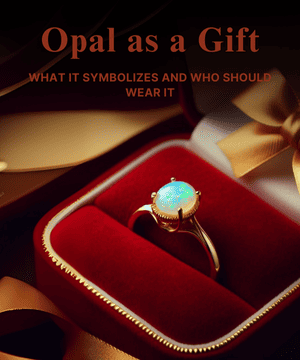




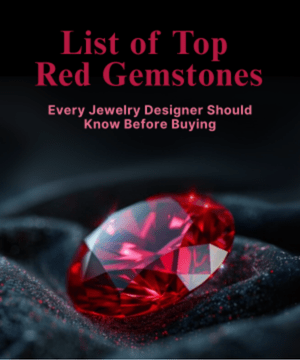
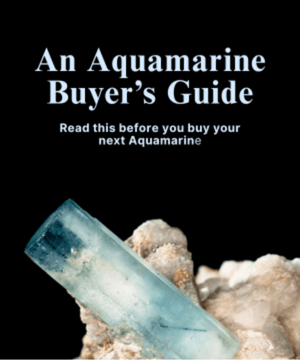
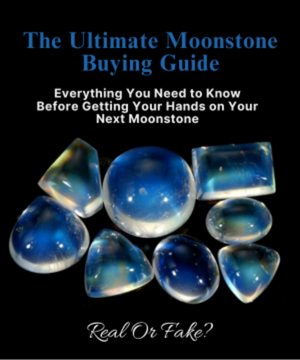
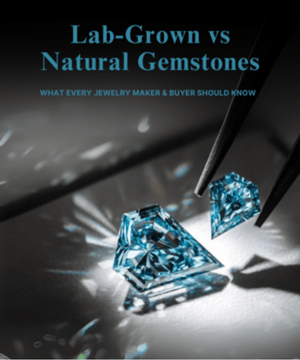


Leave a Comment